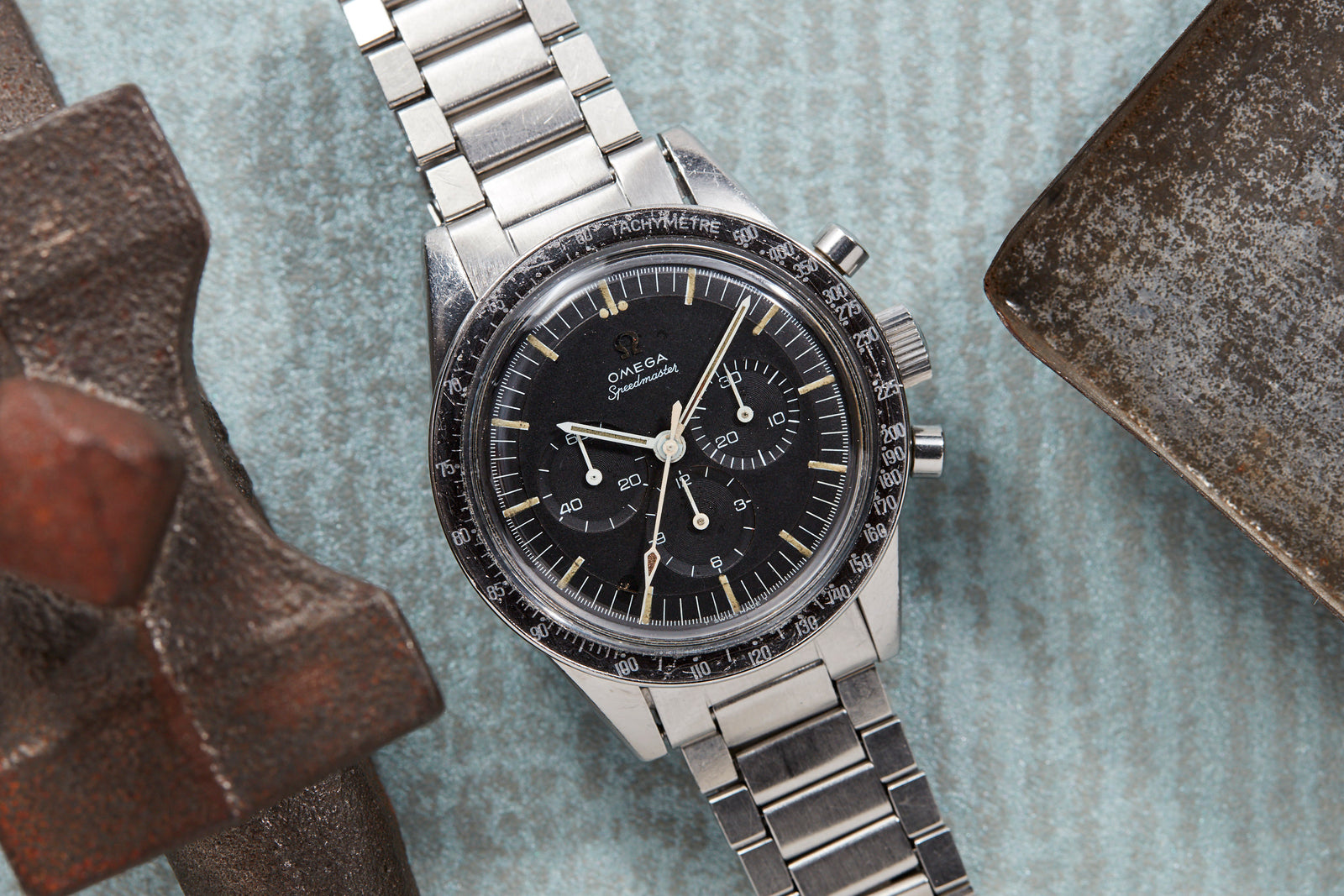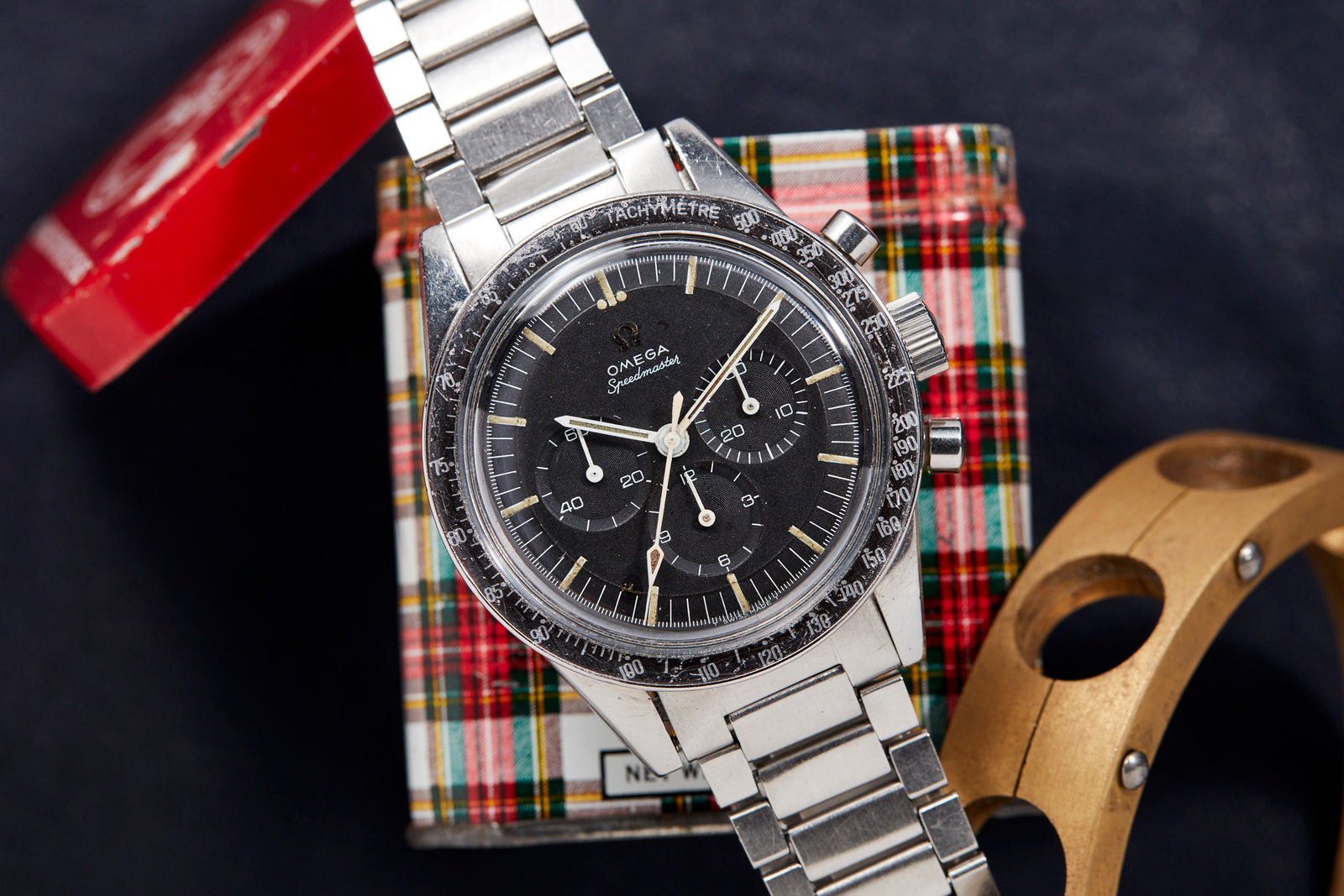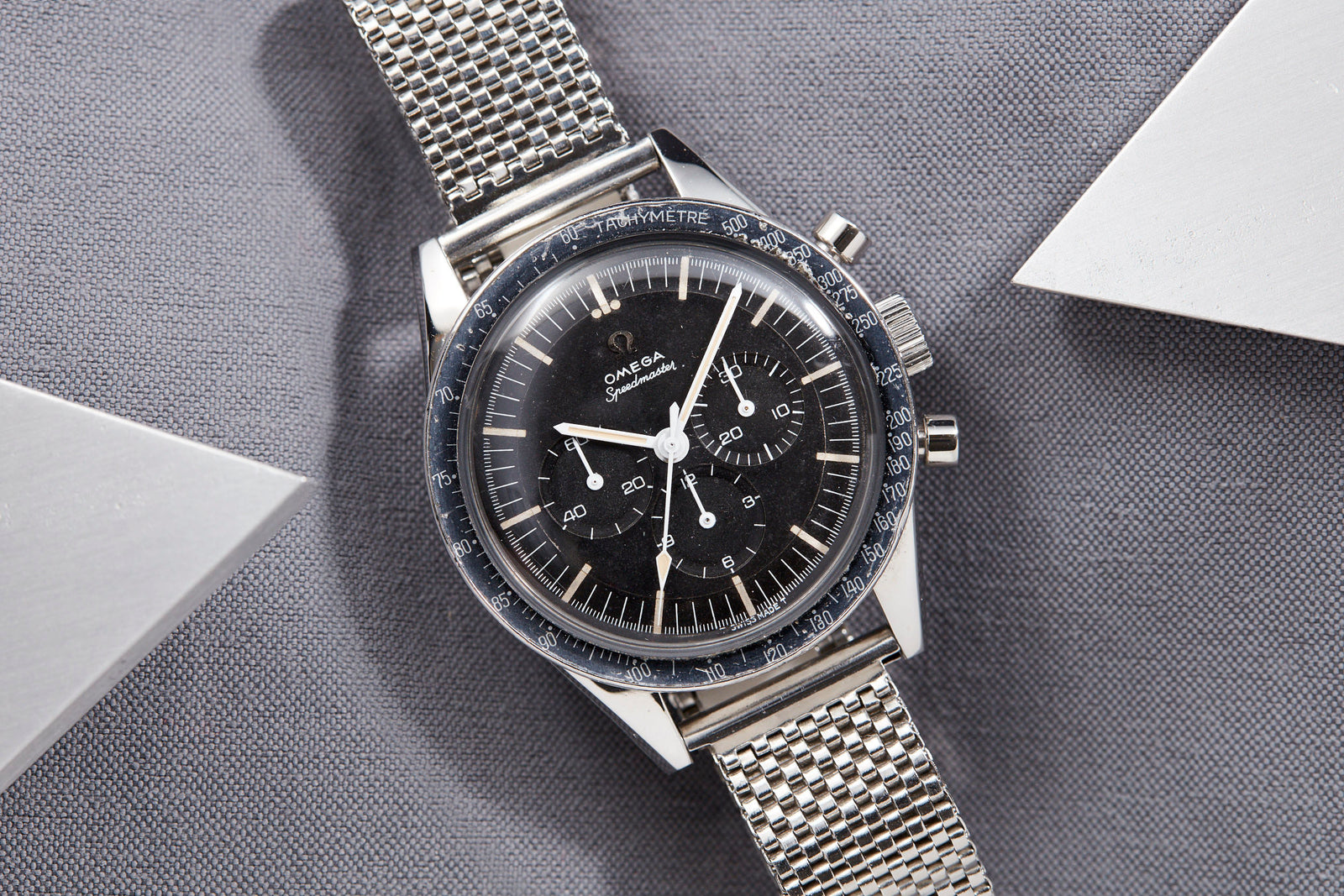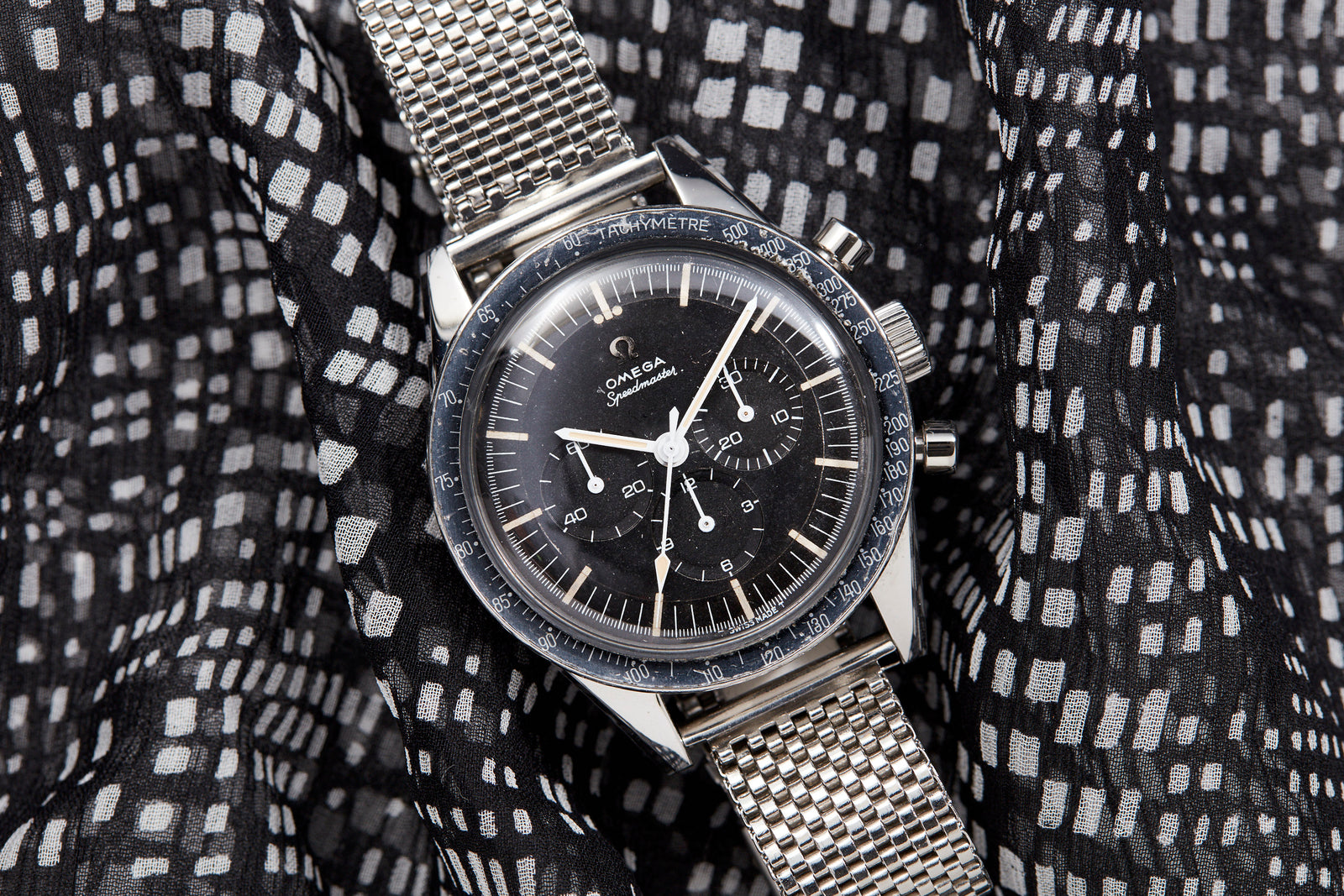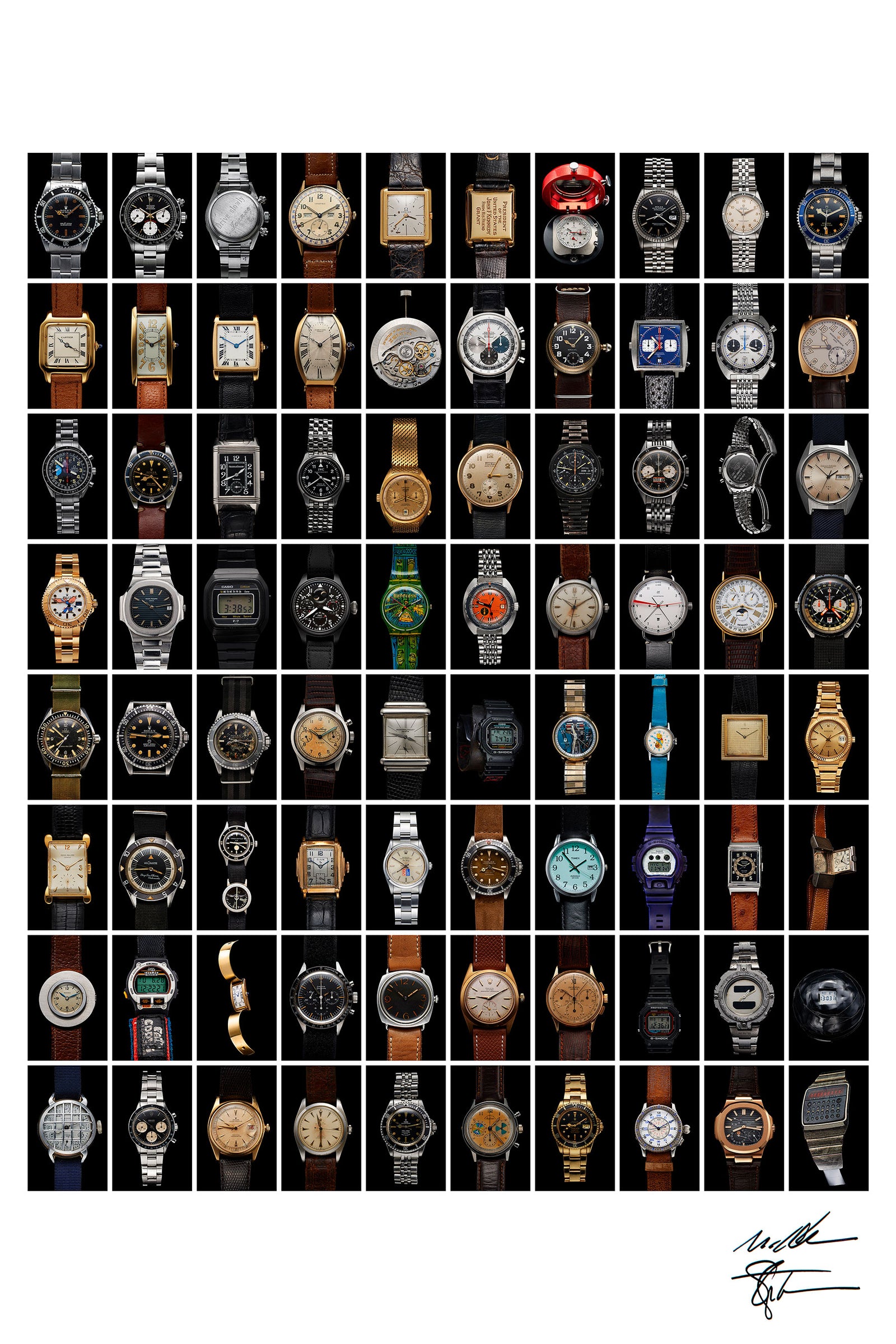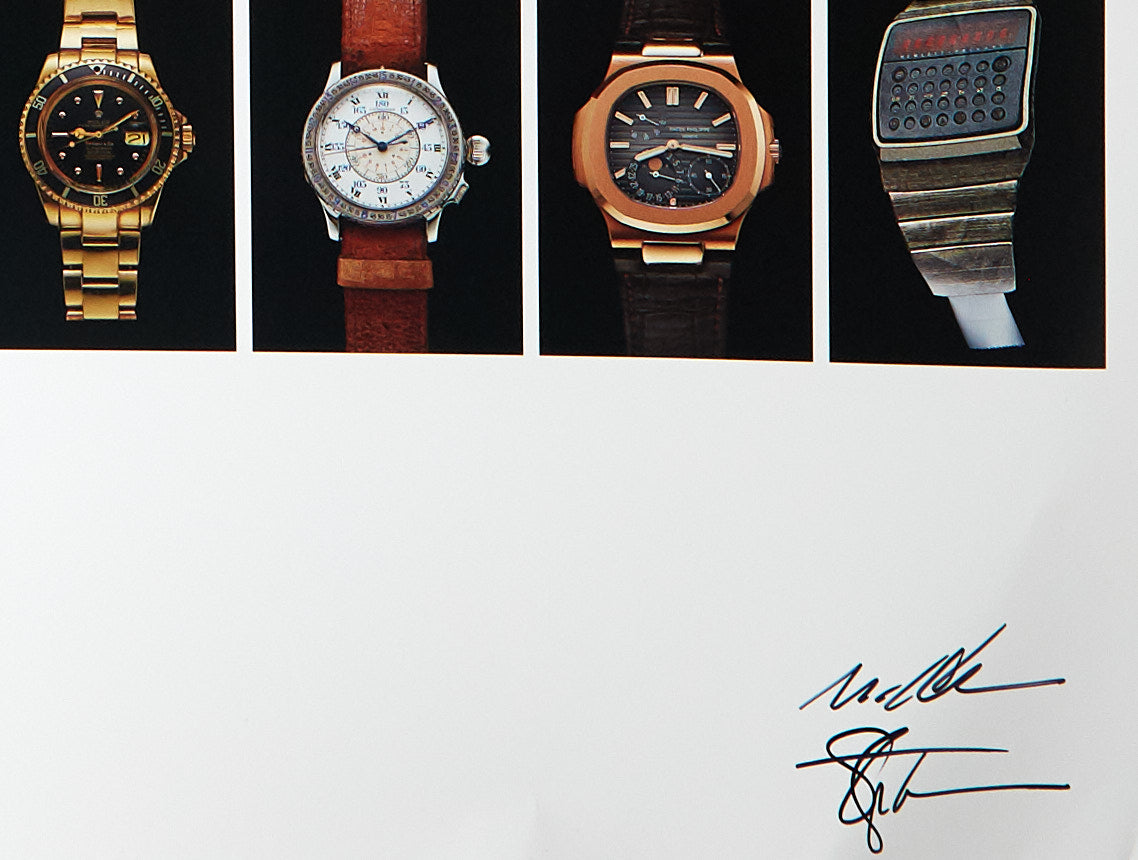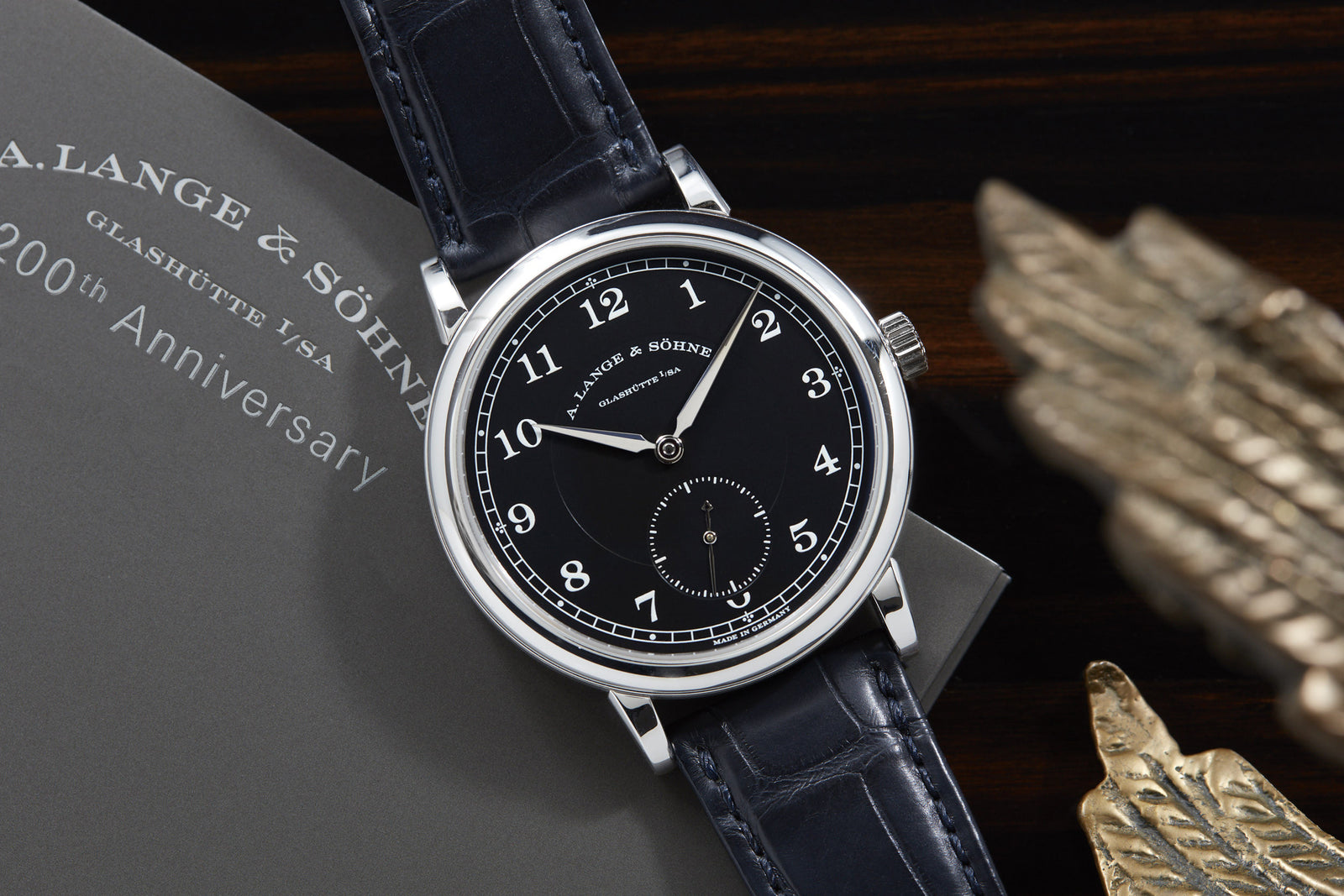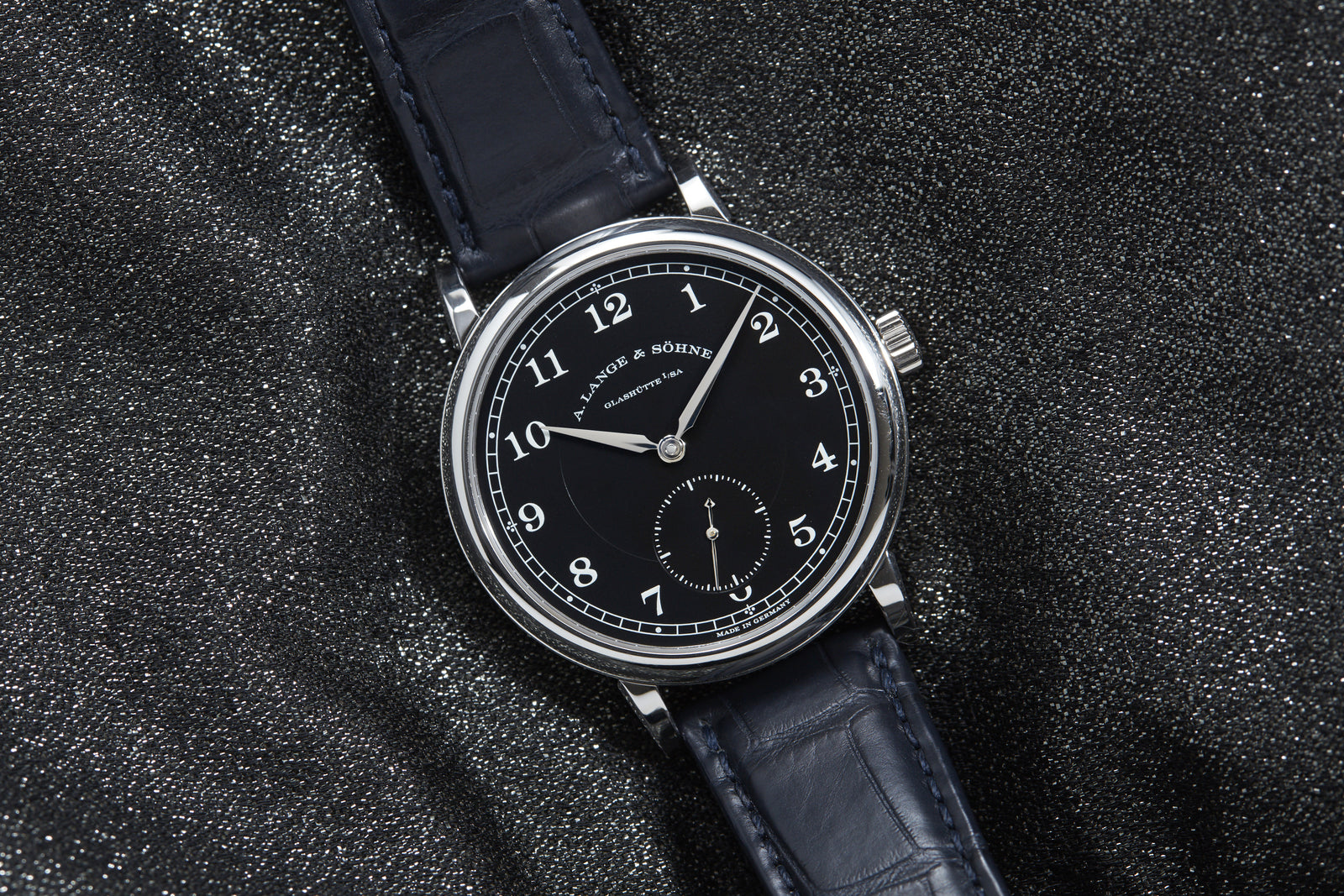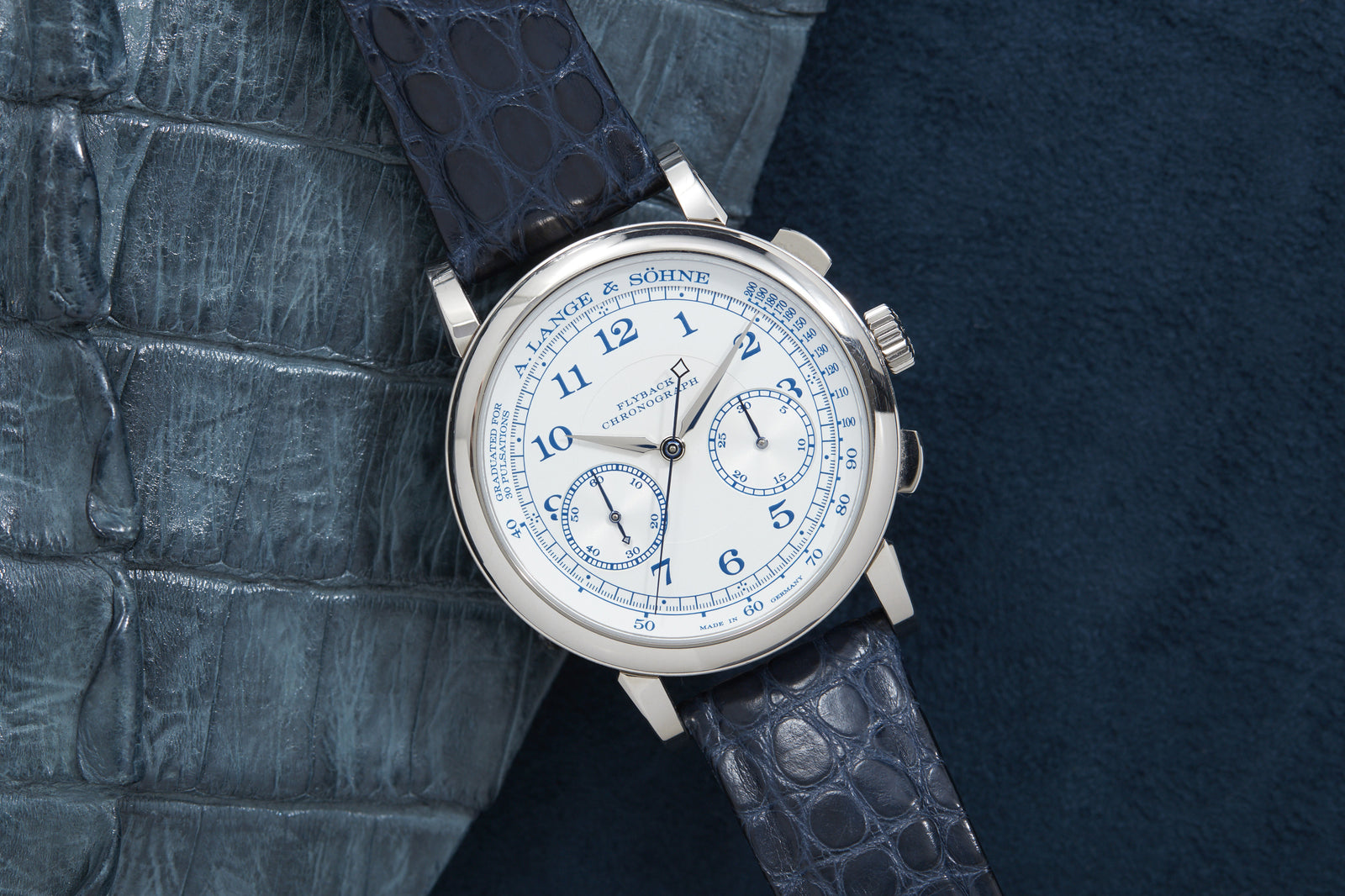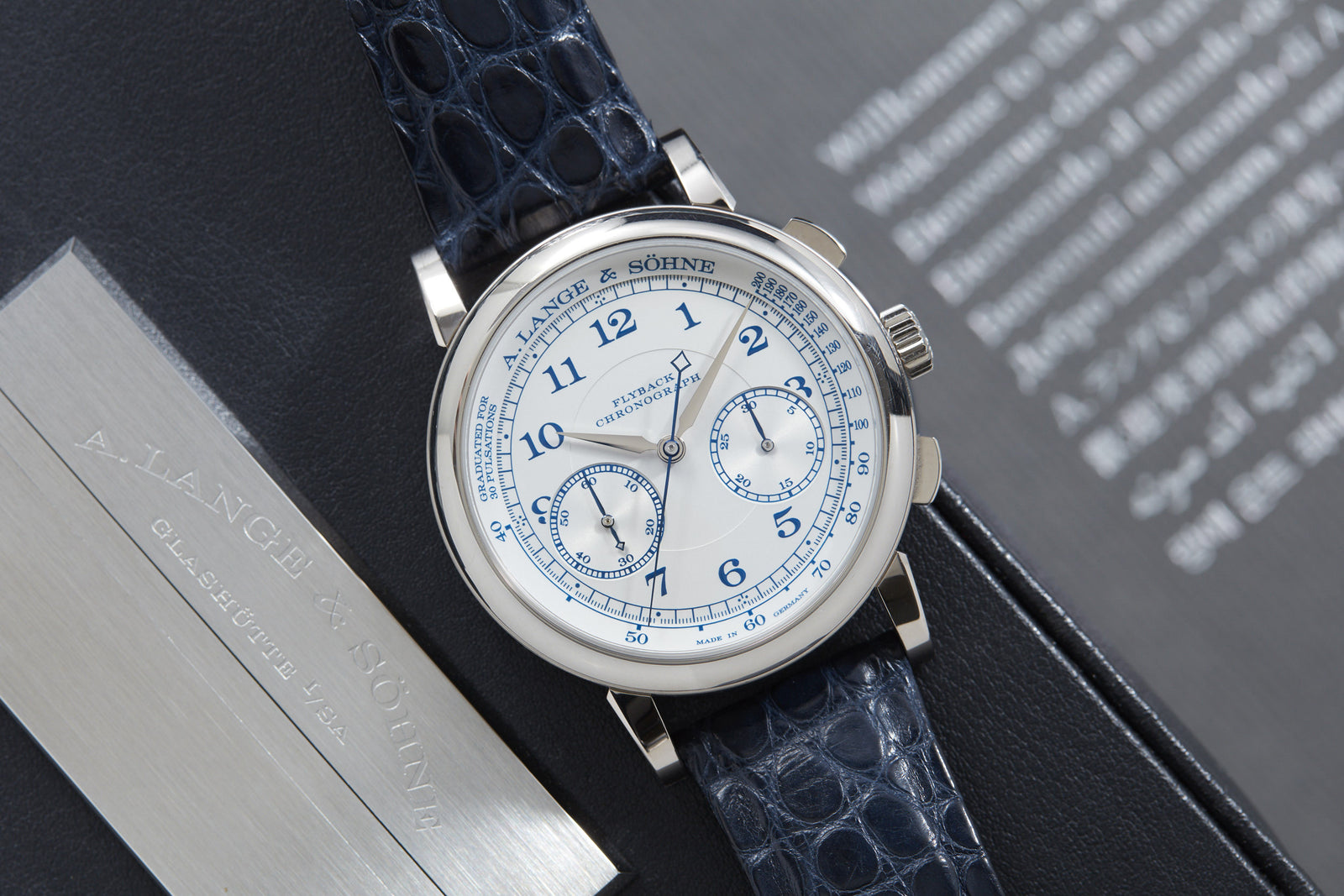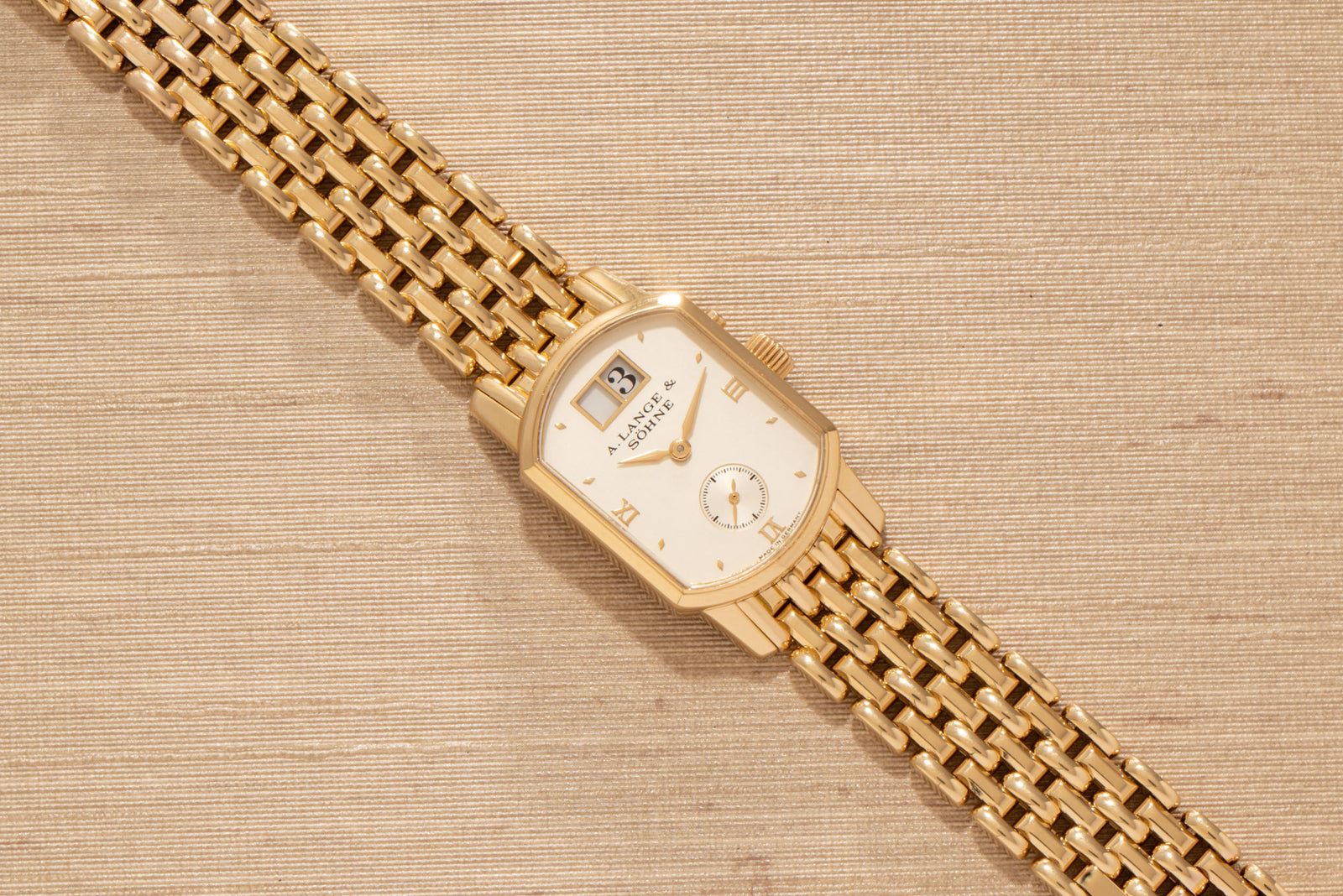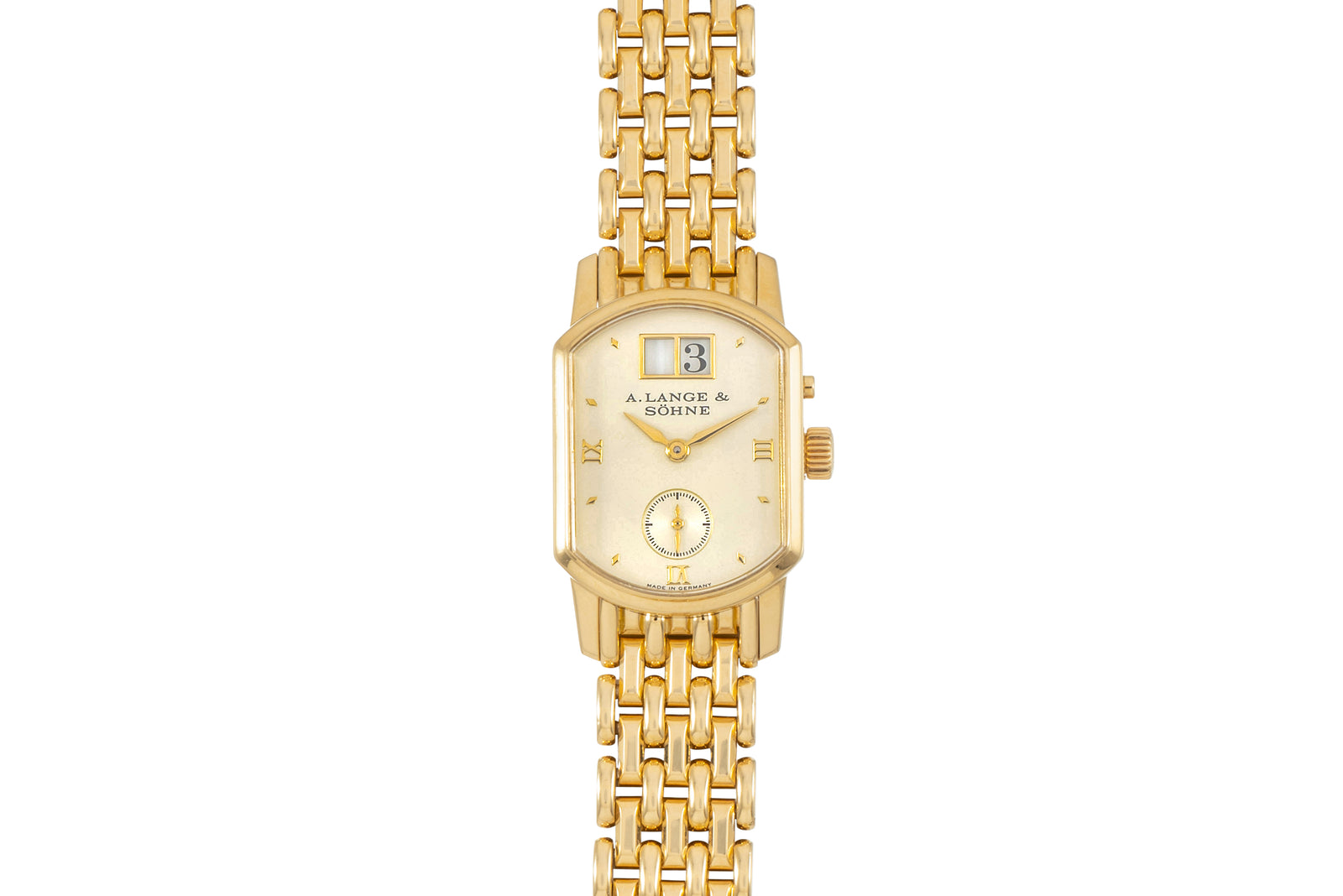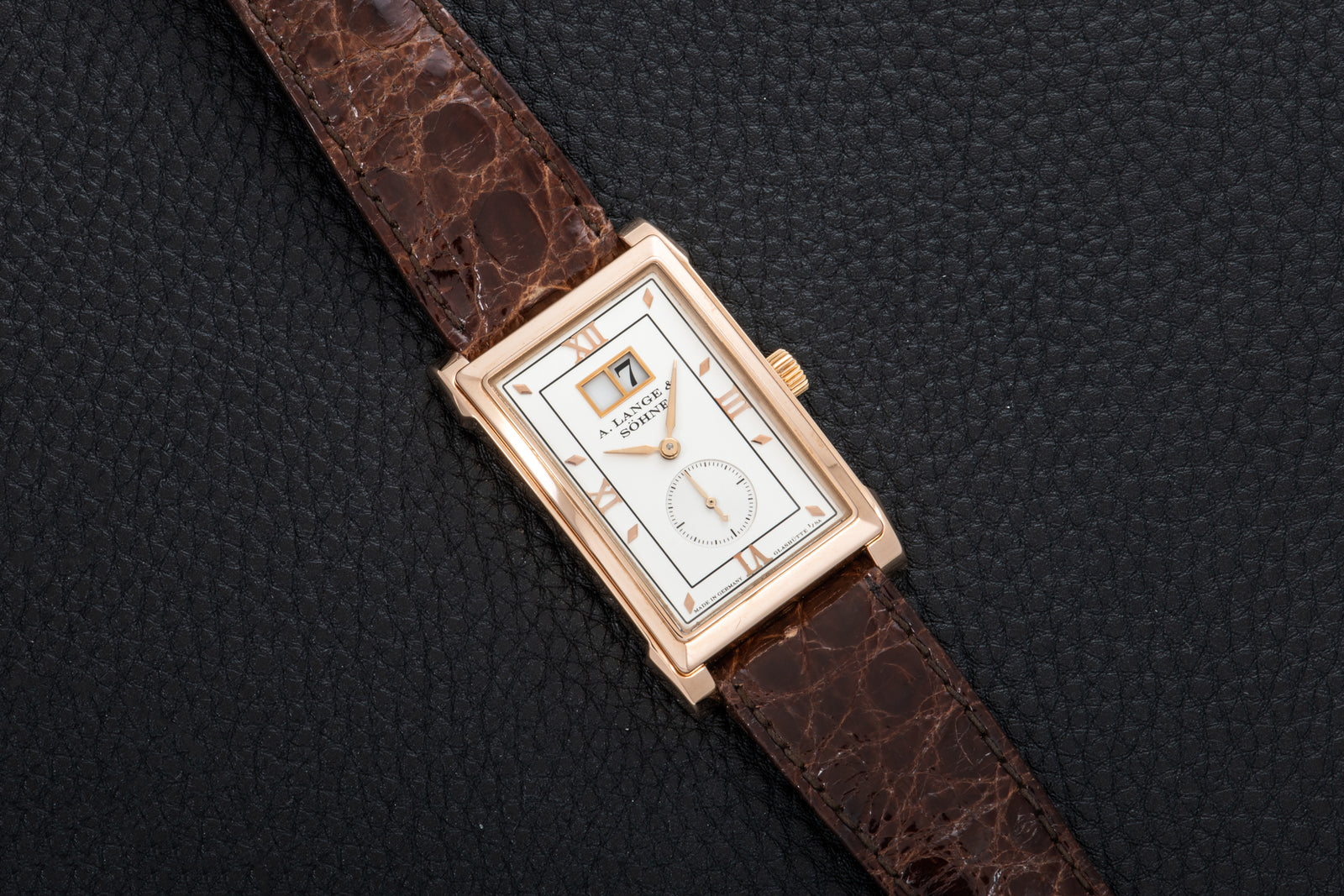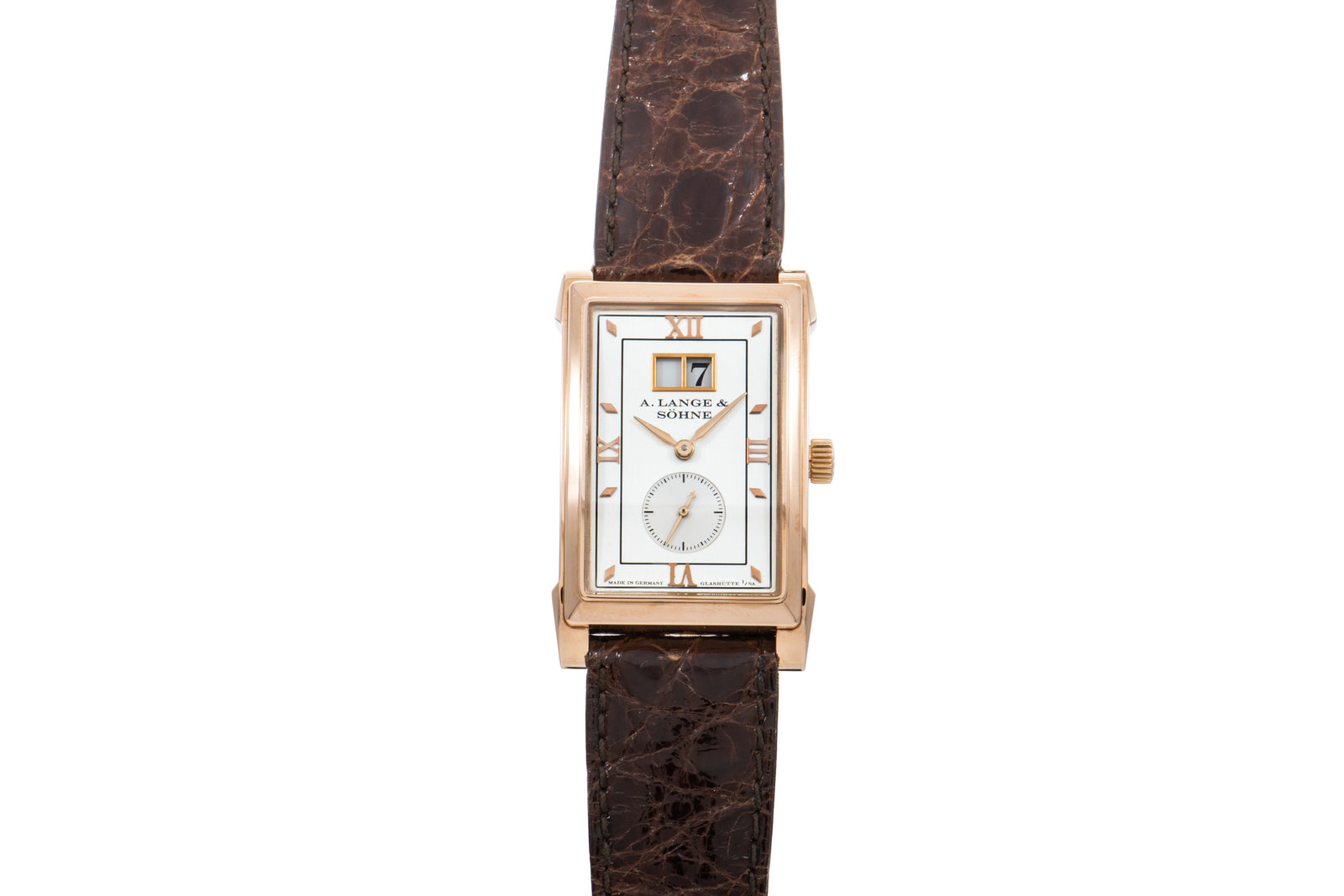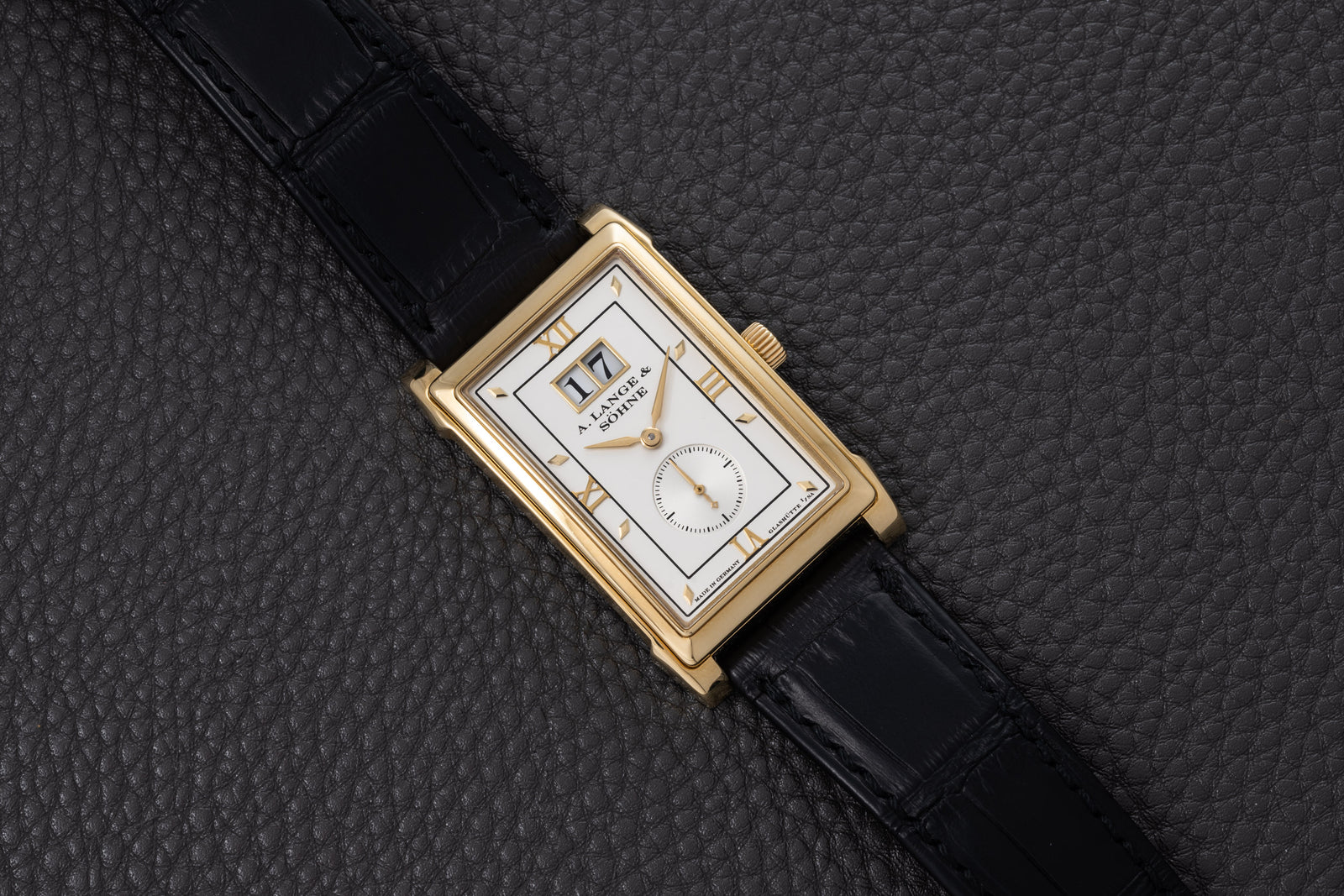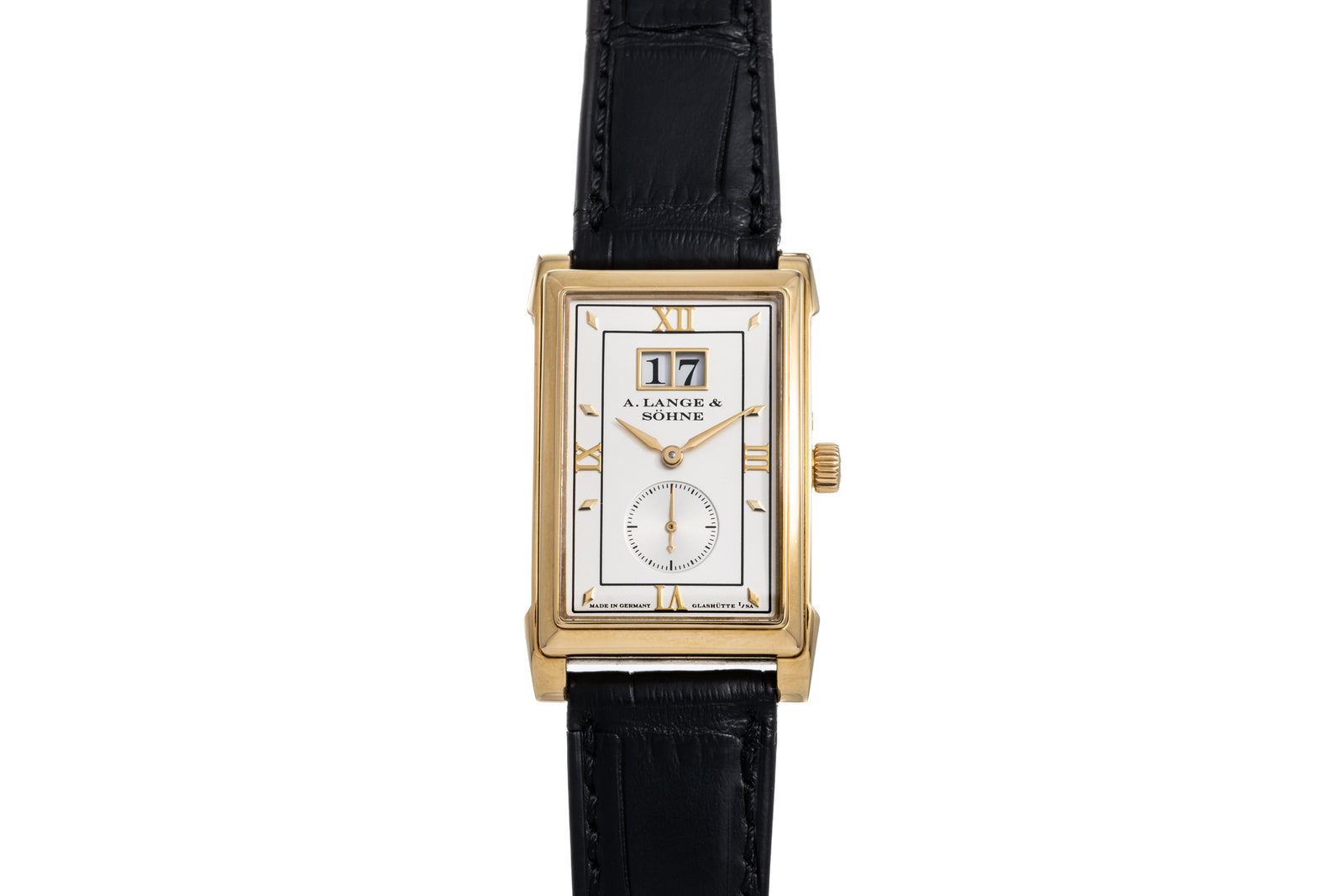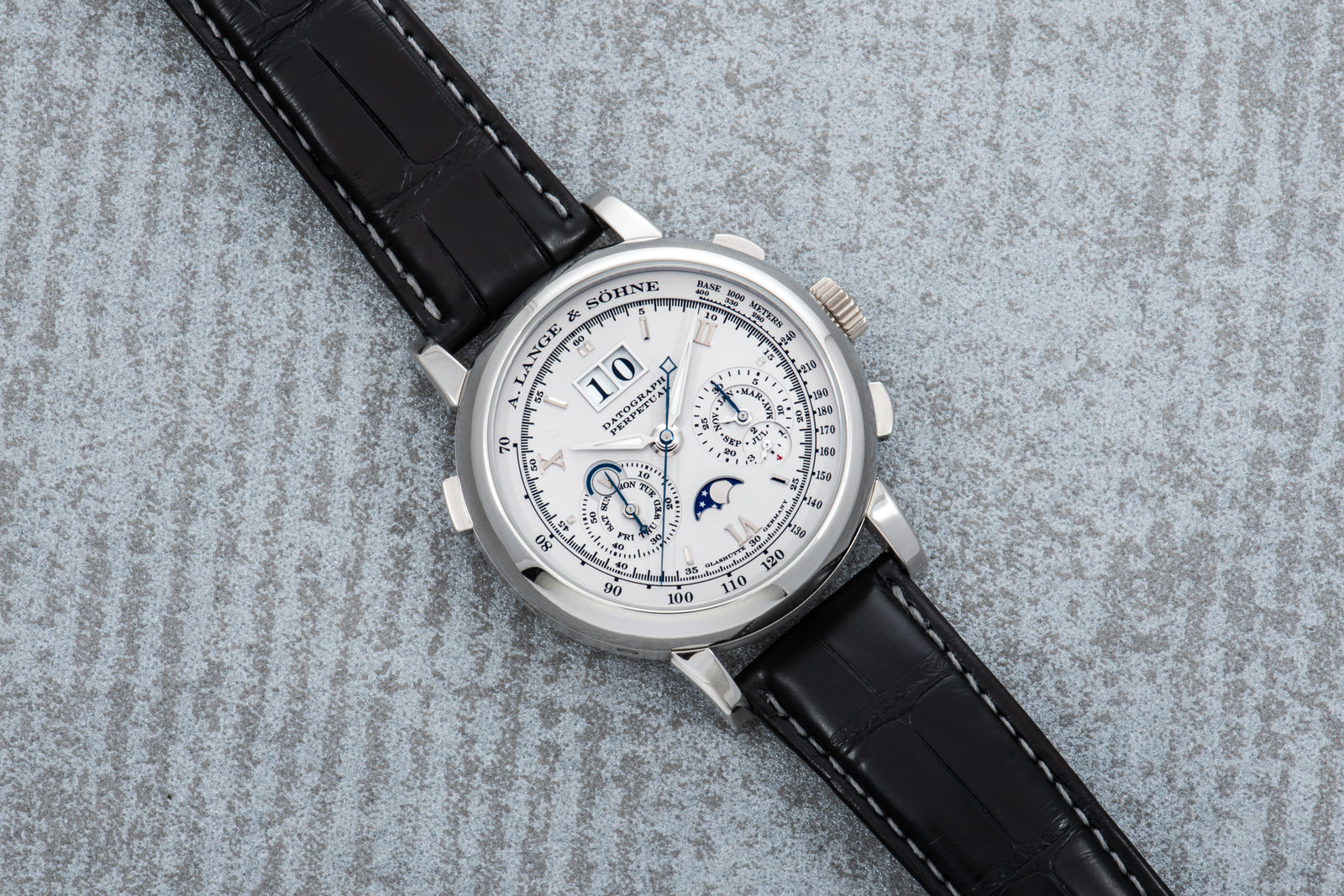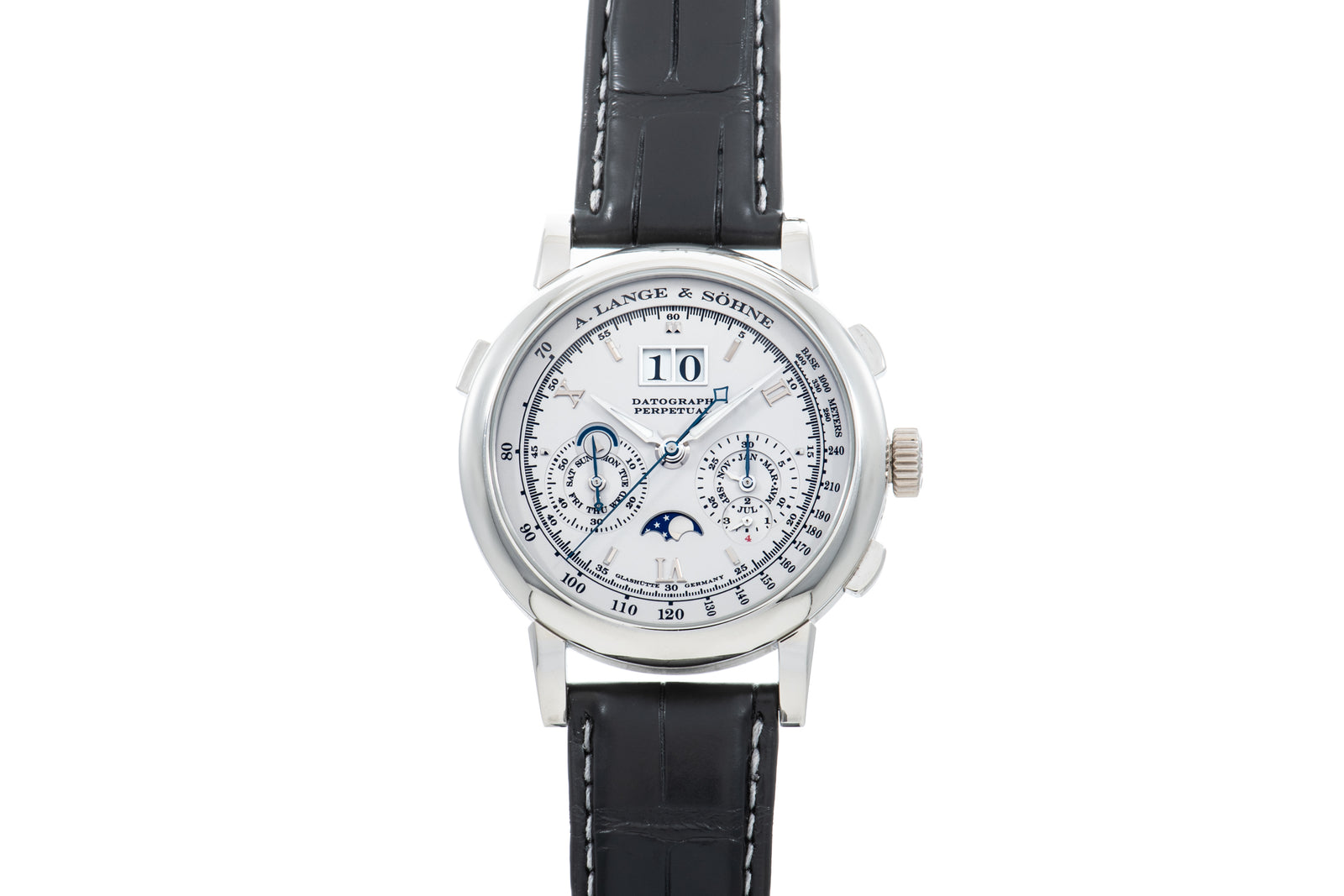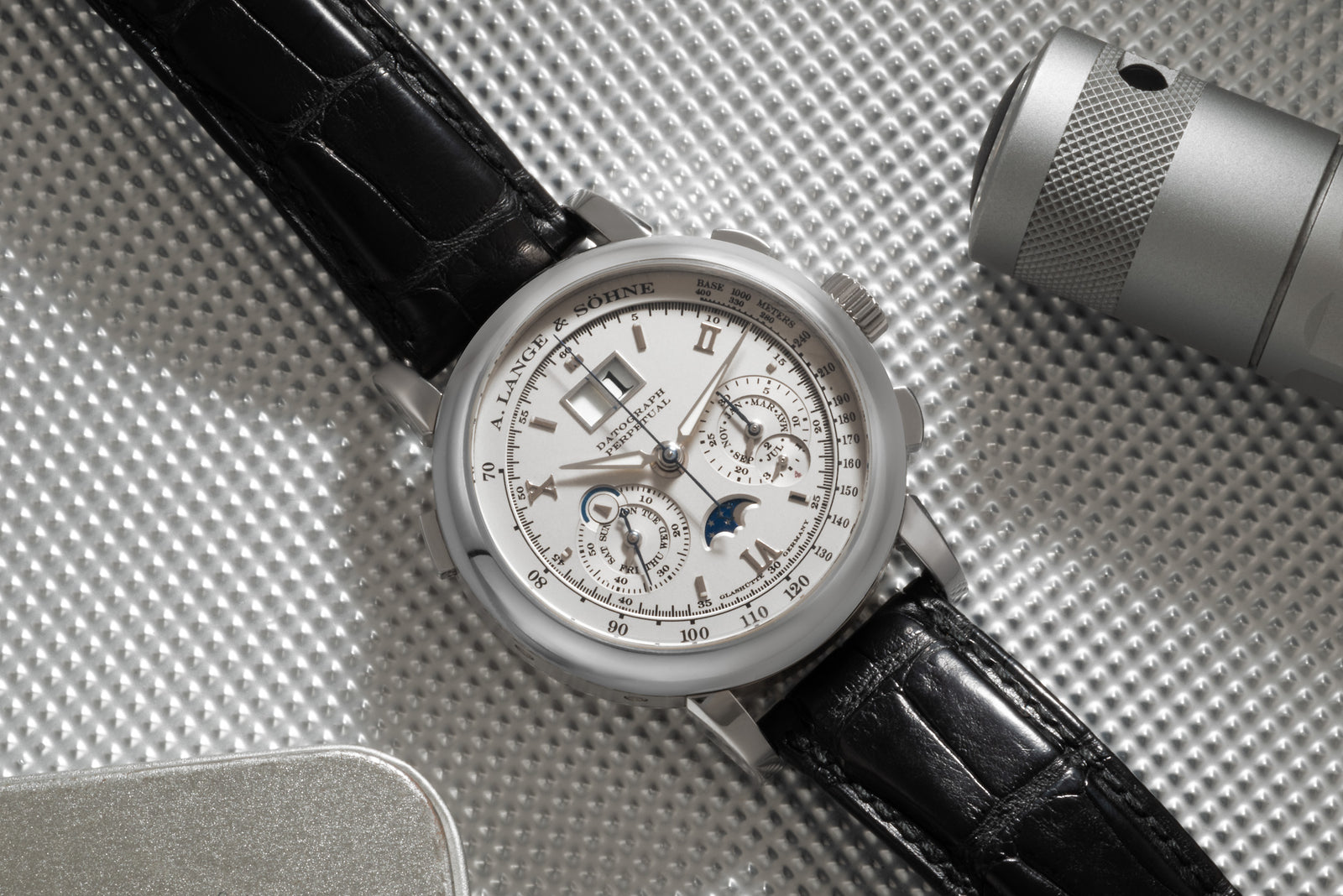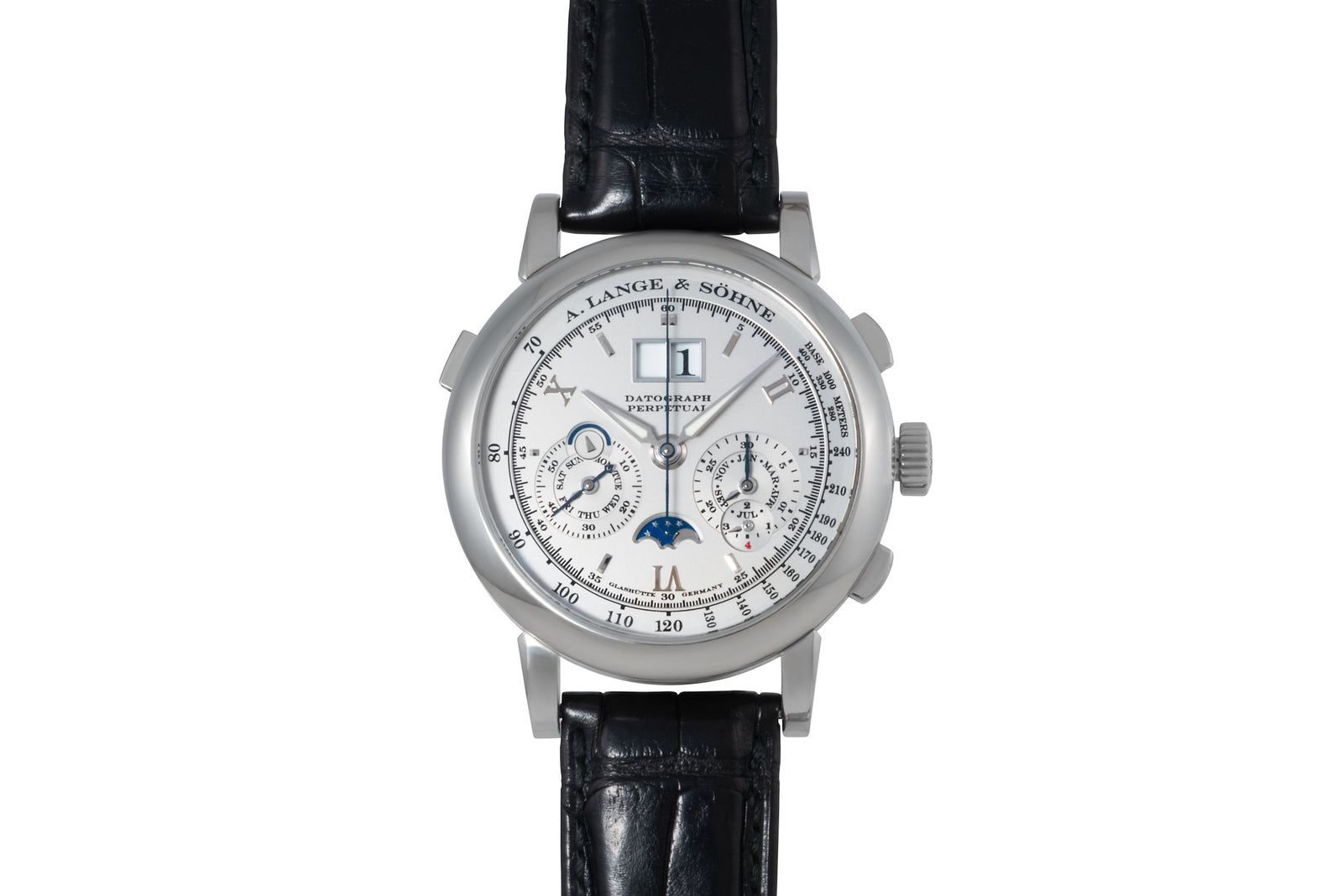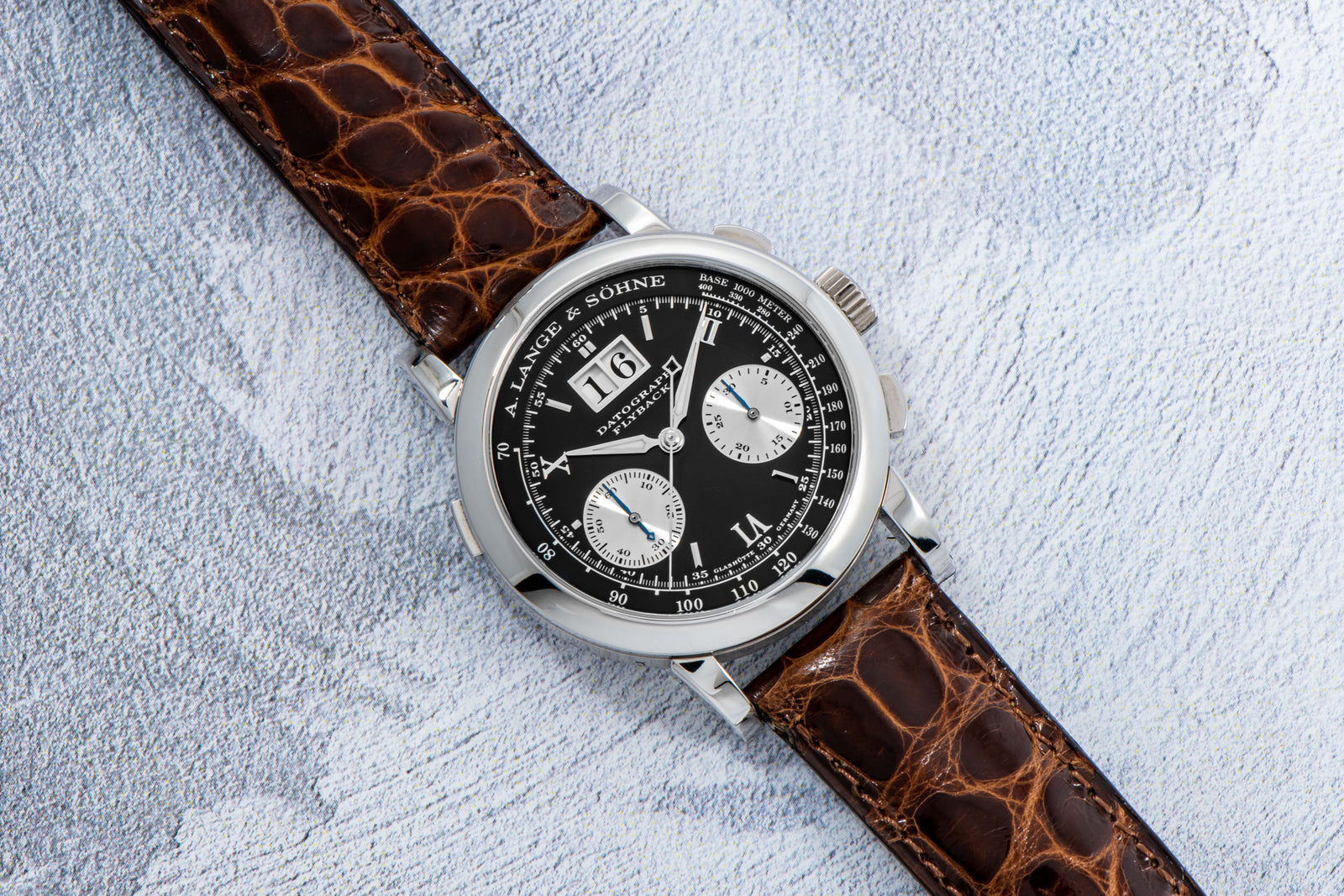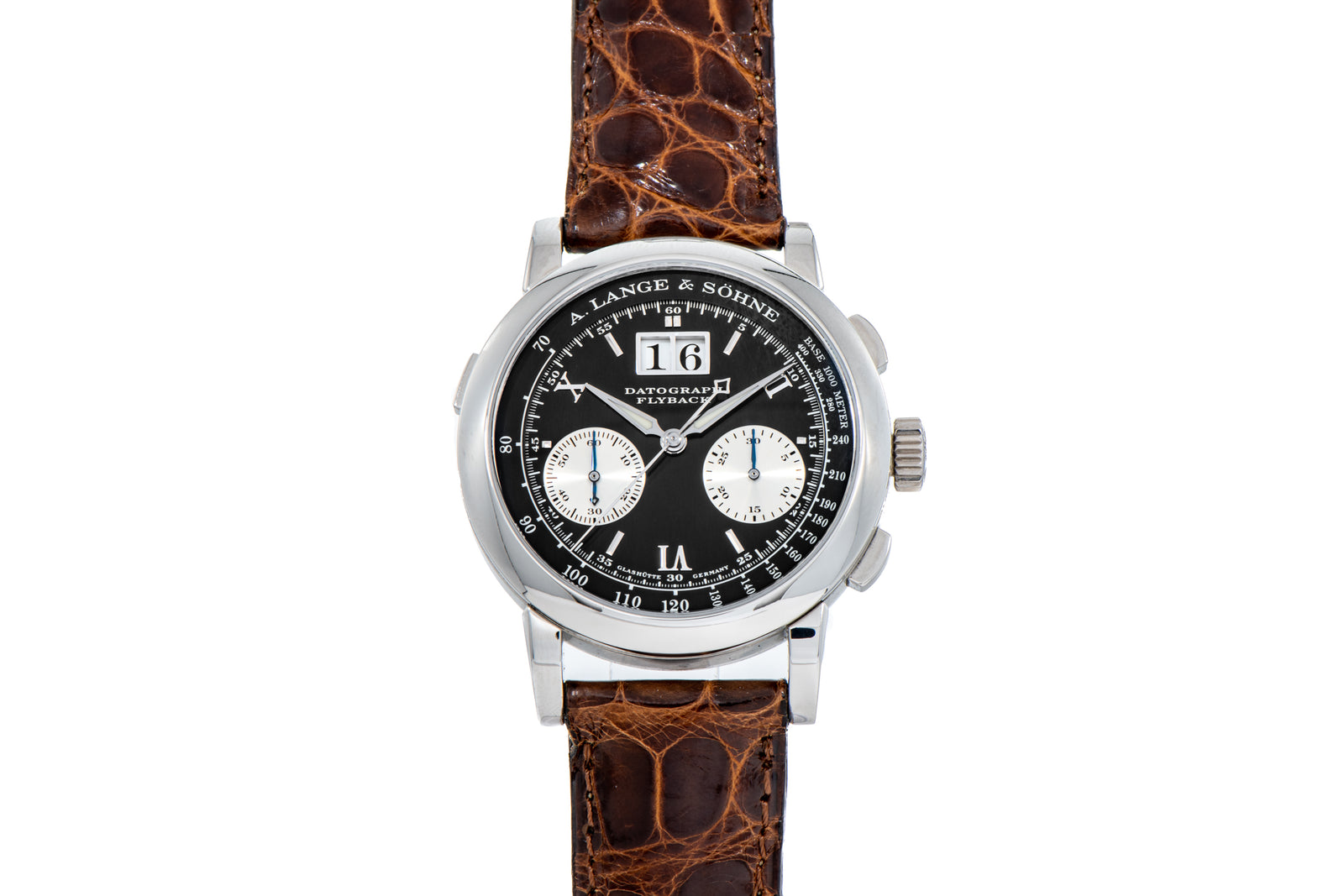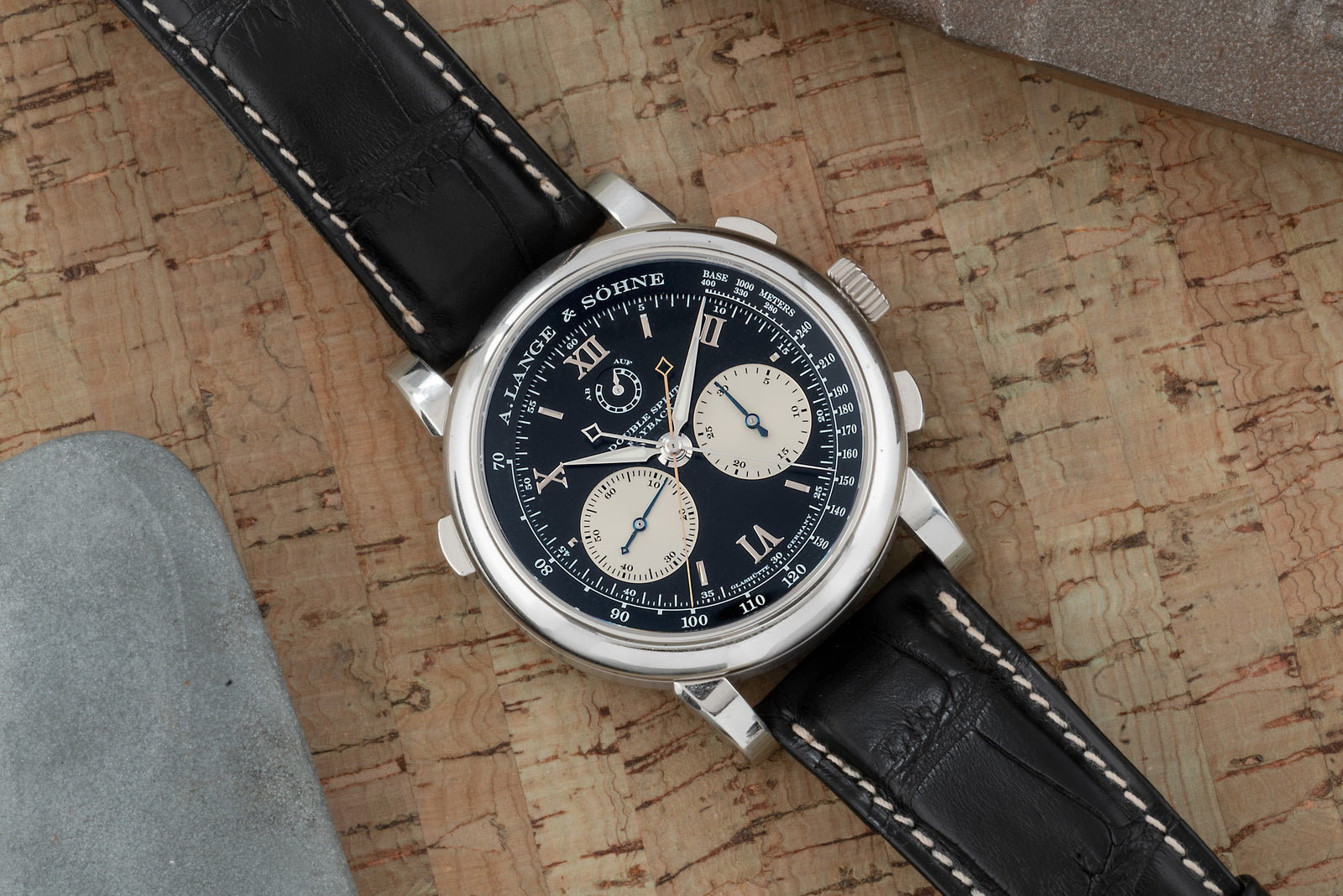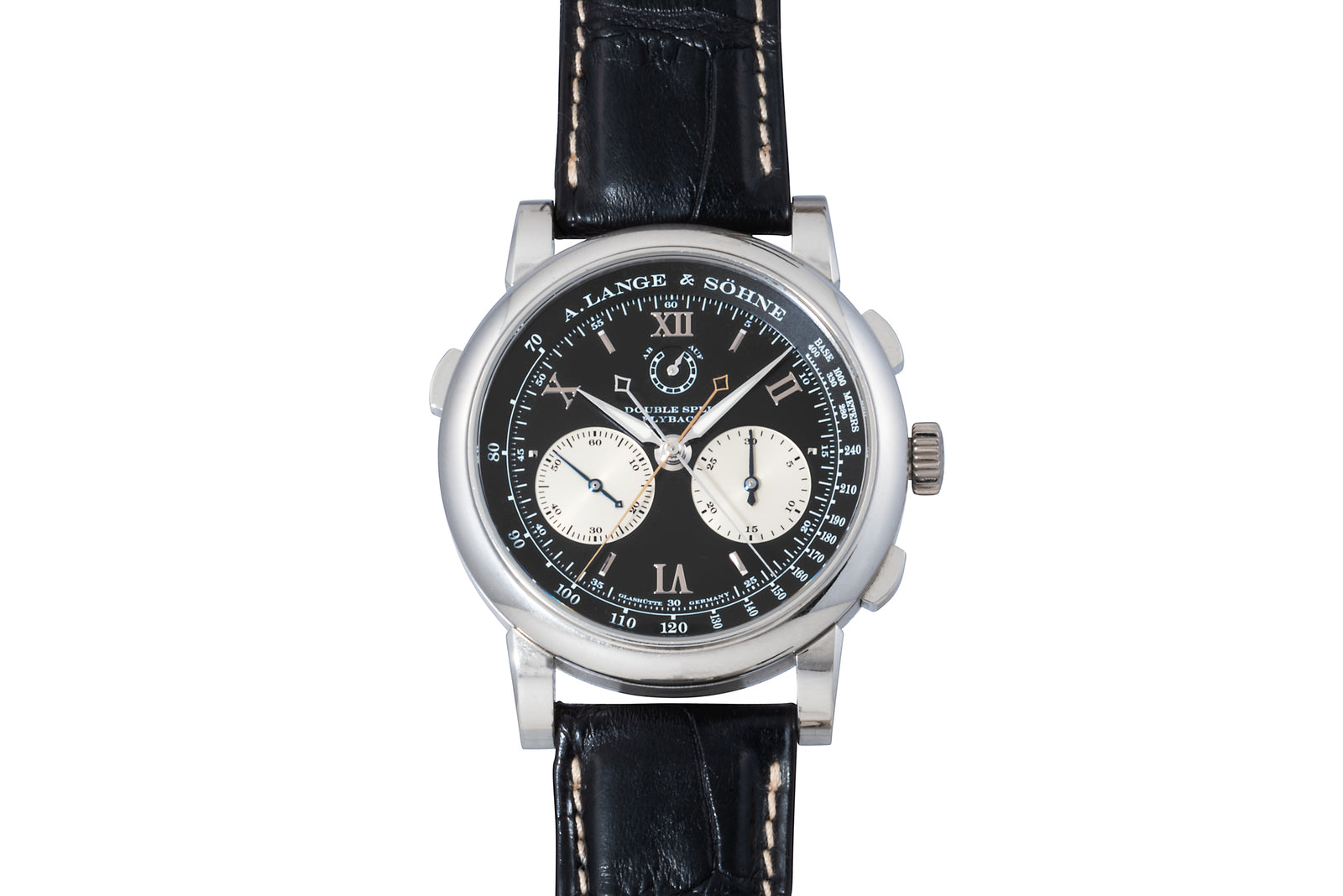IWC Aquatimer GST 2000
- Soldspan>
- Sold
Why We Love it
–
Why We Love it
–Despite being a relatively modern wristwatch, the IWC Aquatimer Reference 3536 has a storied history.
It represents the triumphant return of the classic Aquatimer line in the modern era, which was first launched in 1967 with the Reference 1815. This original model was IWC's first attempt at a dive watch, released in an era when the brand had tough competition from brands such as Rolex, Blancpain, and DOXA.
At the time, IWC was known mainly for its pilot's watches, epitomized by their legendary Mark XI. Despite the developing dive watch market caused by the emergence of recreational SCUBA diving, IWC seemed resistant to enter the fray. With the Fifty Fathoms’s association with Jacques Cousteau and the Submariner's as-then unsurpassed depth rating of 200m, there seemed little room for improvement in dive watches.
But IWC quietly developed a prototype of the watch that would become the Aquatimer in 1964, releasing the Ref. 1815, powered by the same automatic movement used in the Ingenieur, the Calibre 8542. In appearance the Aquatimer owed much to that storied timepiece, giving it a similar dial and bracelet. However, the Aquatimer featured a thicker crystal and case, with patented compressor case sealing technology and a rotating inner bezel to help it withstand greater depths.
Despite the poor performance of the Reference 1815's successor, the 1816 — and the encroaching Japanese quartz technology looming on the horizon — IWC continued to develop new Aquatimer models, the most iconic of which was the Ocean 2000. Designed in concert with Ferdinand A. Porsche in 1978 and released in 1982, it was IWC's answer to the latest, hottest quartz watches styles: a mechanical watch with an unusual, distinctive case completely different from that of the iconic, Gerald Genta-designed Ingenieur. Like the Heuer Bundeswehr, the Ocean 2000 was also developed for the German military, and was the first dive watch with a case made of titanium. This reference revitalized a foundering line, and was its benchmark until the release of the GST Aquatimer in 1997.
The GST Aquatimer (Ref. 3536) is IWC's answer to the notion of a “professional dive watch” posed by the Rolex Sea-Dweller. It combined a classic, sturdy round case with an elegant dial featuring distinct Bauhaus influences — yet lest its appearance deceive you, it featured a depth rating of 2,000m!
The Reference 3536 was available in stainless steel with a black dial (Ref. 3536-002), titanium (Ref. 3536-001), and in stainless steel with a white dial (Ref. 3536-003). This particular -002 example dates from the early 2000s, and saw a production run of just 6,000 pieces. Featuring \ a 42mm stainless steel case with a signed, screw-down crown and a push-down, unidirectional, rotating dive bezel with a black insert, it sports a luminous, matte black dial with applied indices, color-matched black date window at 3 o’clock, and a highly legible luminous stick handset.
Paired with a matching, integrated stainless steel bracelet and powered by the workhorse ETA Calibre 2892 automatic movement, the overall picture is of a dive watch that forms a perfect alternative to more mainstream professional-grade divers. While somewhat bulky and imposing, its sturdy build and clean, legible dial make this piece an eye-catching option for any dive watch enthusiast!
Brand Story
+
Brand Story
+Though the International Watch Company was founded 35 years before Wilbur and Orville Wright’s first flight, the association between IWC and aviation began just as the age of flight dawned: A pocket watch made by the company in the 1890s found its way into the pocket of one Robert Albert Lotter, a pilot in the German Luftwaffe who served with distinction during the First World War.
Two decades later, in 1936, IWC released a watch that set the standard for pilot’s watch design, the Spezialuhr für Flieger, or Special Pilot's Watch. Another would follow in 1940, the Beobachtungs-ühren (“observation watch”), which spawned an entire model line in IWC’s current collection called the Big Pilot. However, despite the Big Pilot’s current popularity, it was the Special Pilot’s Watch that would lay the cornerstone for IWC’s most iconic line: the Mark series of pilot’s watches.
IWC released the Mark XI in 1948 according to specifications set forth by the British Ministry of Defense. These watches had to be legible, compact, and able to withstand exposure to the magnetic fields emitted by instruments in an airplane’s cockpit. The Mark XI, therefore, had a black dial with large luminous Arabic numbers, while its incredibly robust Calibre 89 movement was encased in an iron cage. (Later, in the 1950s and 1960s, IWC would produce myriad dress watches in steel and gold based upon the Calibre 89 movement, which remain relatively plentiful on the vintage market.)
The Mark XI served as the basis for design
A:S Guarantee
+
A:S Guarantee
+Our Pledge
Analog:Shift stands behind the authenticity of our products in perpetuity.
Condition
Since our pieces are vintage or pre-owned, please expect wear & patina from usage and age. Please read each item description and examine all product images.
Warranty
We back each Analog:Shift vintage timepiece with a two-year mechanical warranty from the date of purchase.
International Buyers
Please contact us prior to purchase for additional details on shipping and payment options.
Shipping & Returns
+
Shipping & Returns
+All of our watches include complementary insured shipping within the 50 states.
Most of our products are on hand and will ship directly from our headquarters in New York City. In some cases, watches will be shipped directly from one of our authorized partners.
We generally ship our products via FedEx, fully insured, within 5 business days of purchase. An adult signature is required for receipt of all packages for insurance purposes. Expedited shipping is available at an additional cost. We are also happy to hand deliver your purchase in Manhattan or you may pick it up at our showroom.
Returns must be sent overnight or by priority international delivery, fully insured and paid for by the customer. A restocking fee may apply. Watches must be returned in the same condition as initially shipped.
We welcome international buyers, please contact us prior to purchase for additional details on shipping and payment options.
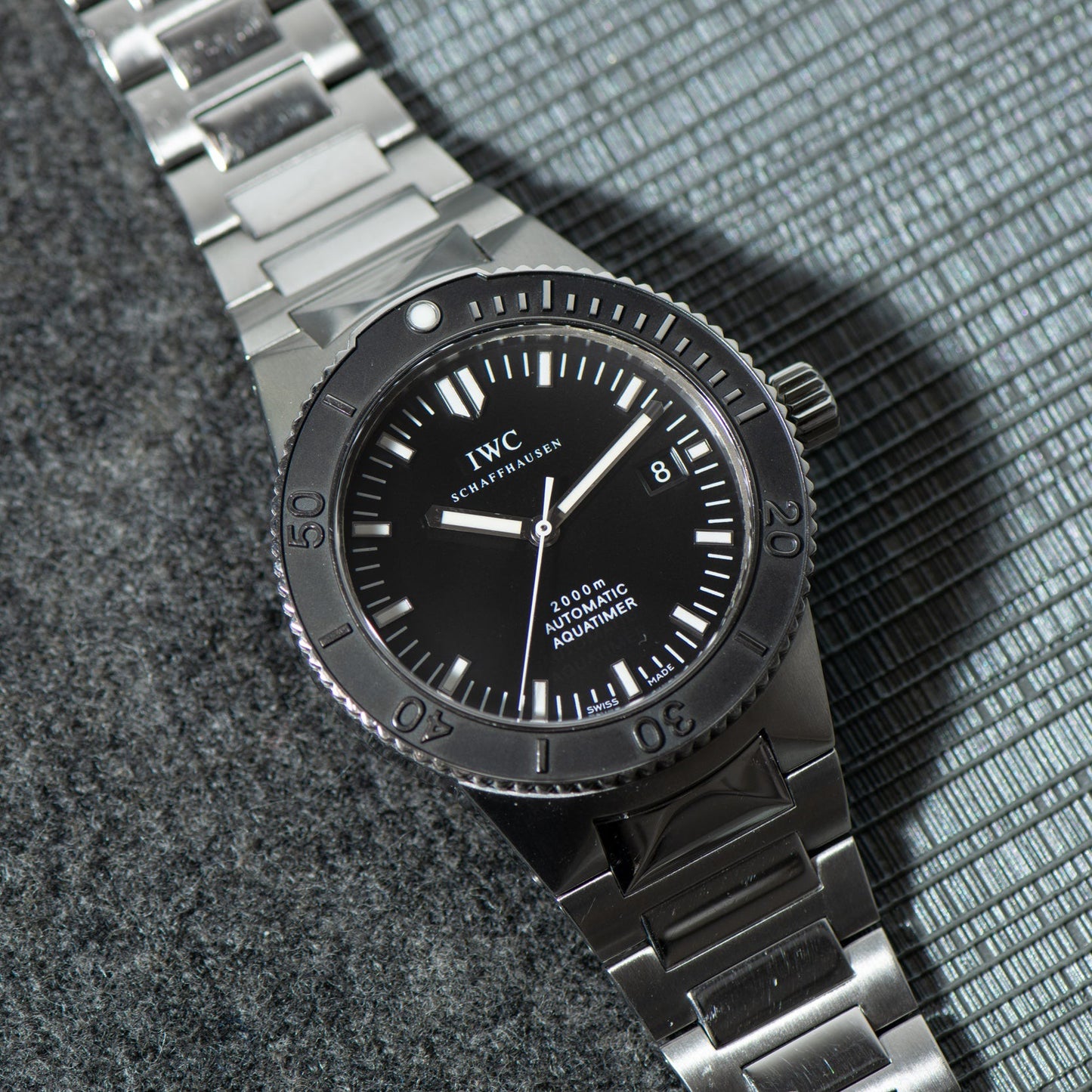


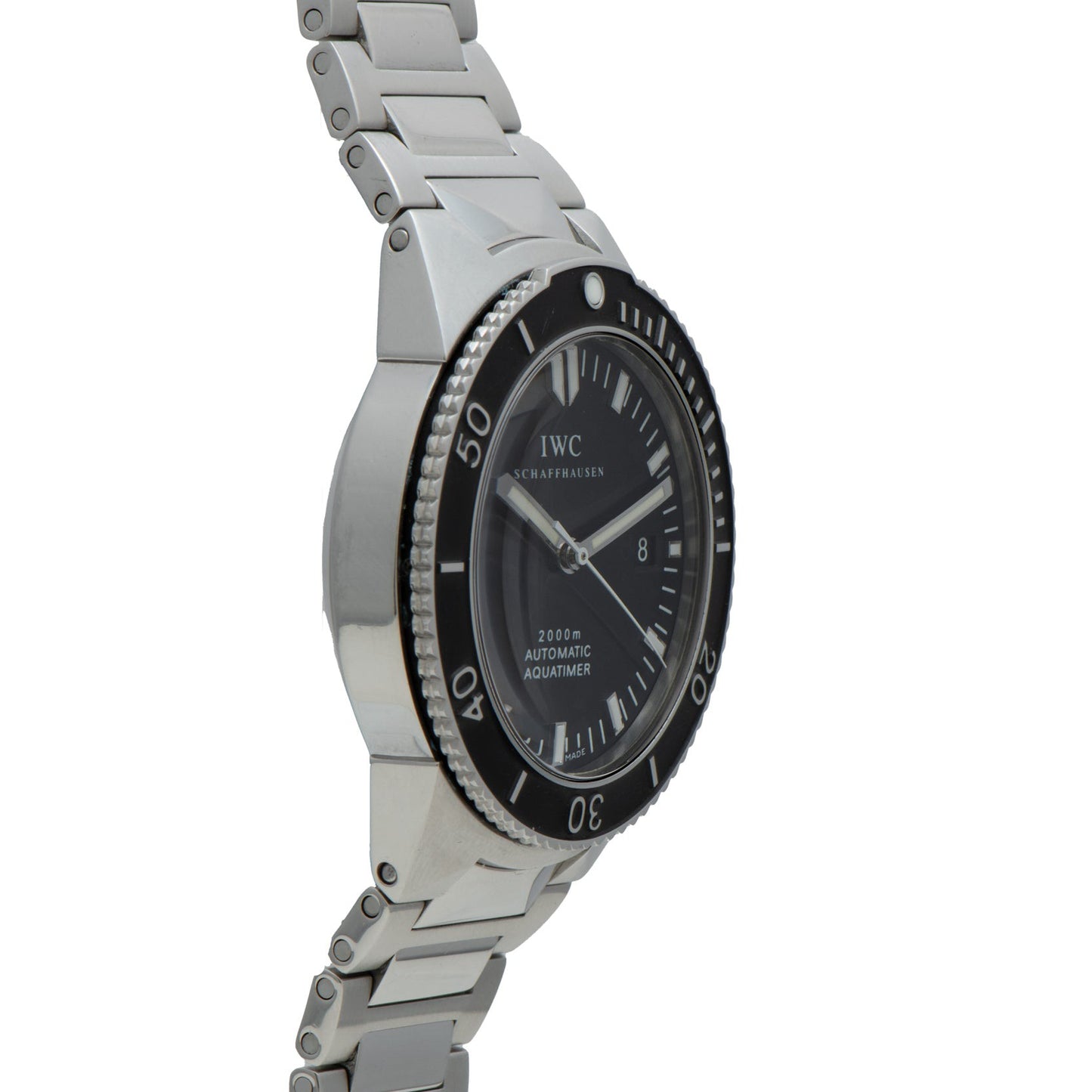

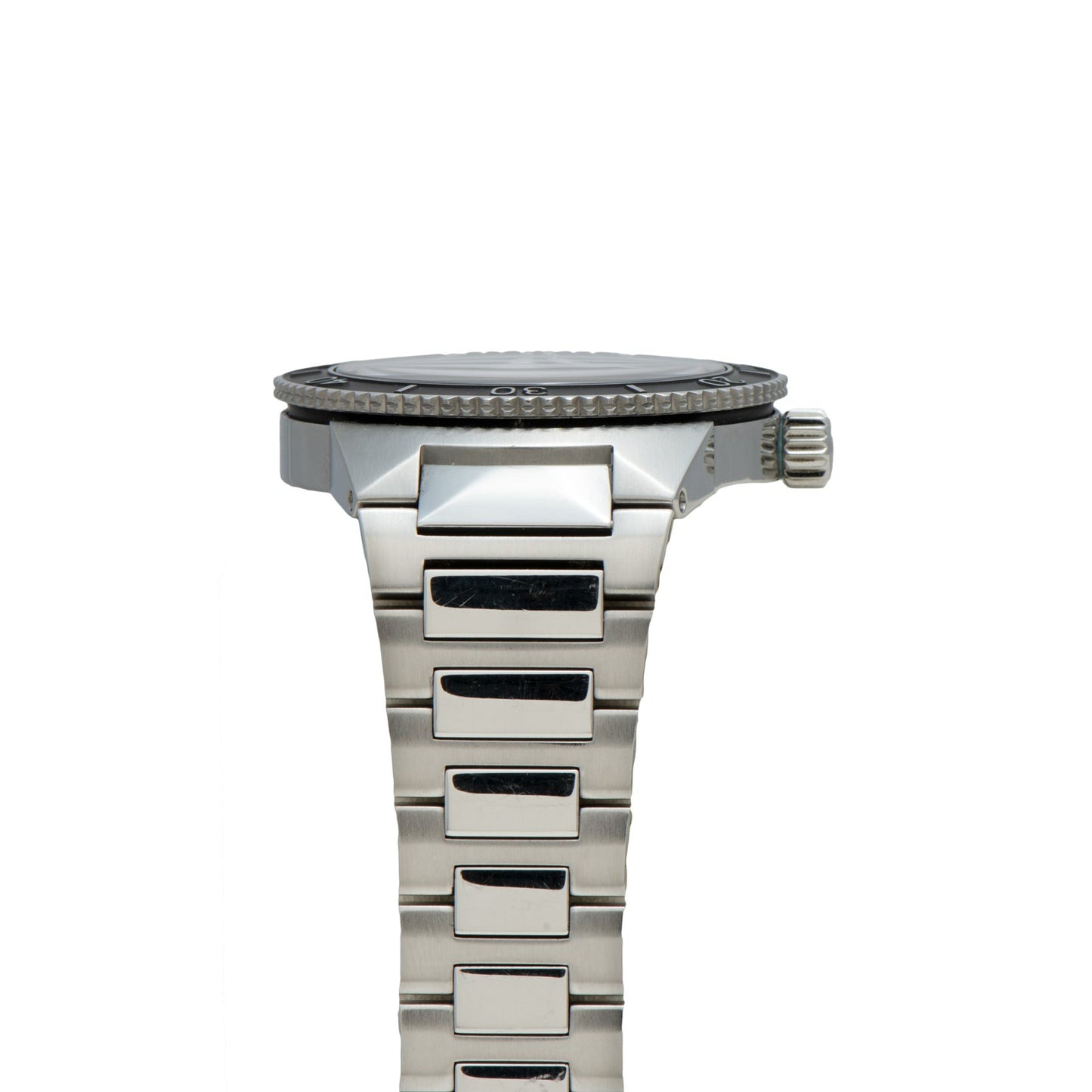
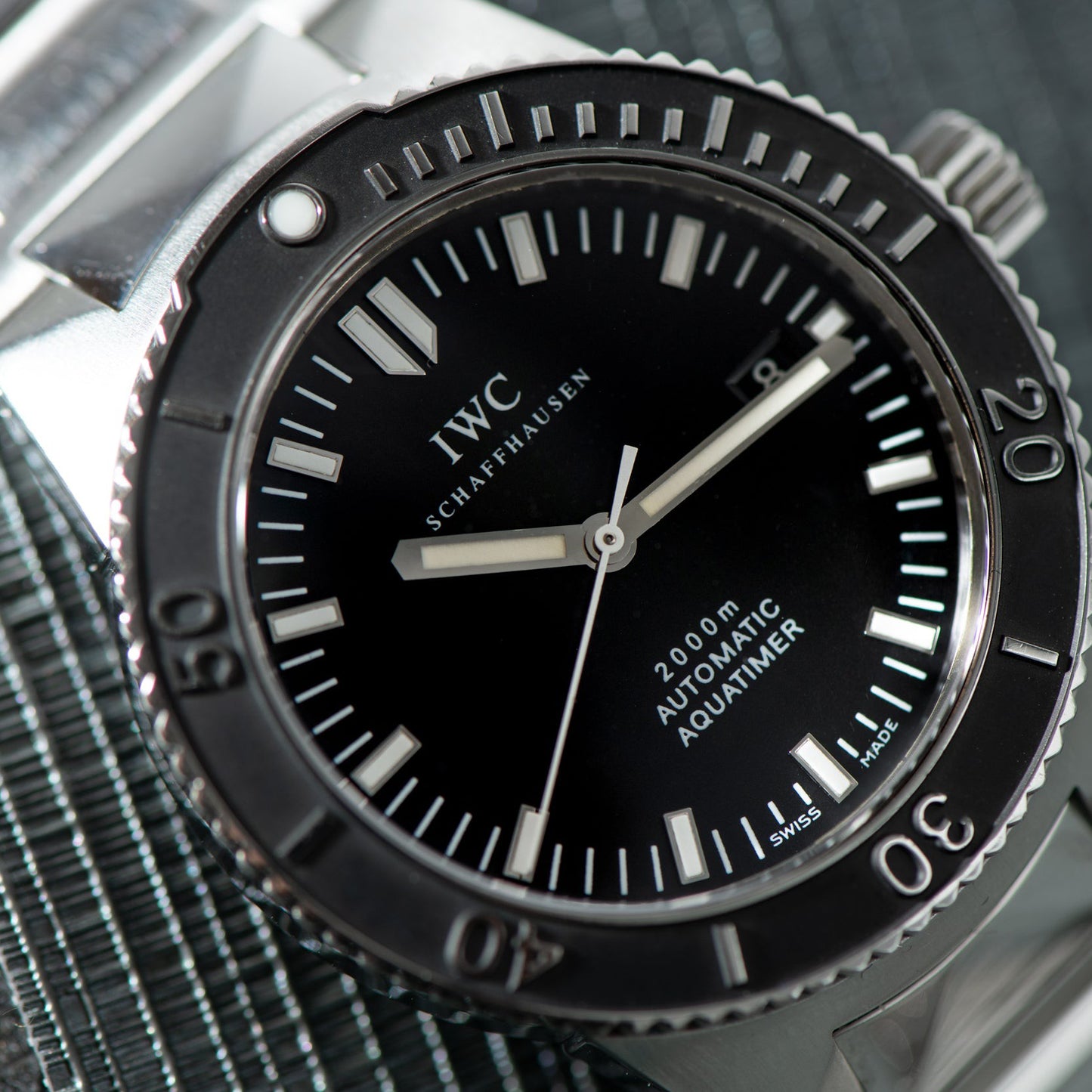
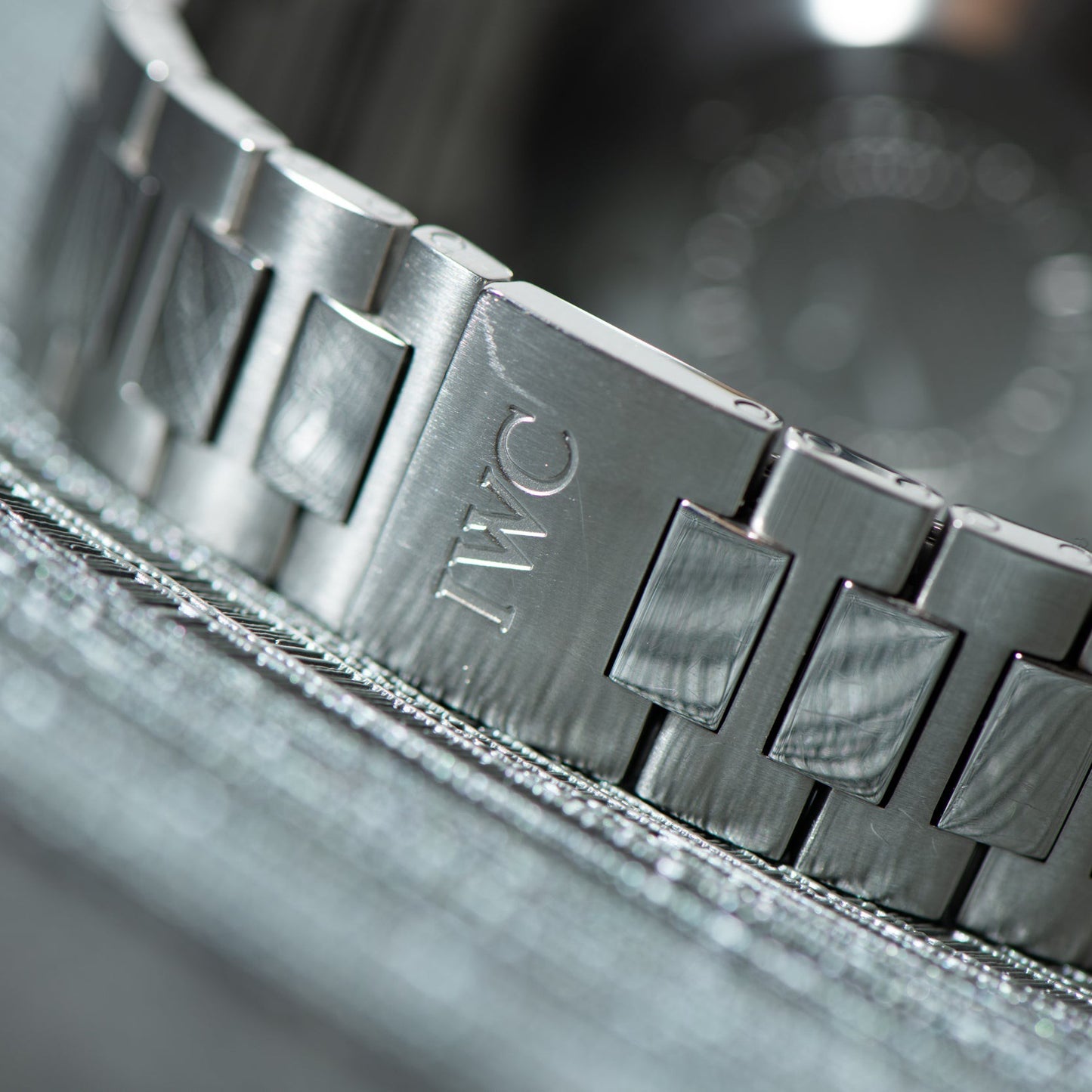

IWC Aquatimer GST 2000
- Soldspan>
- Sold








